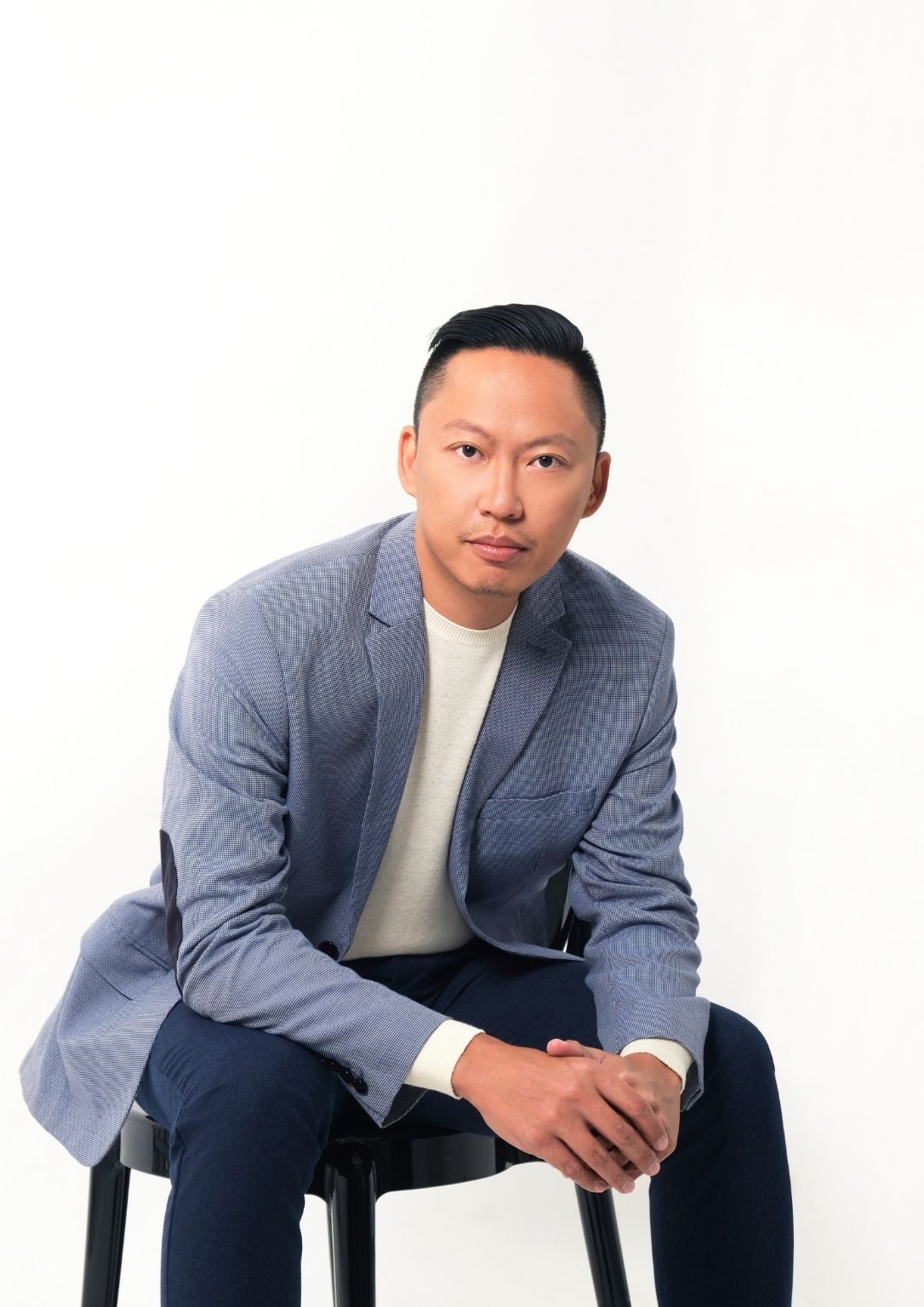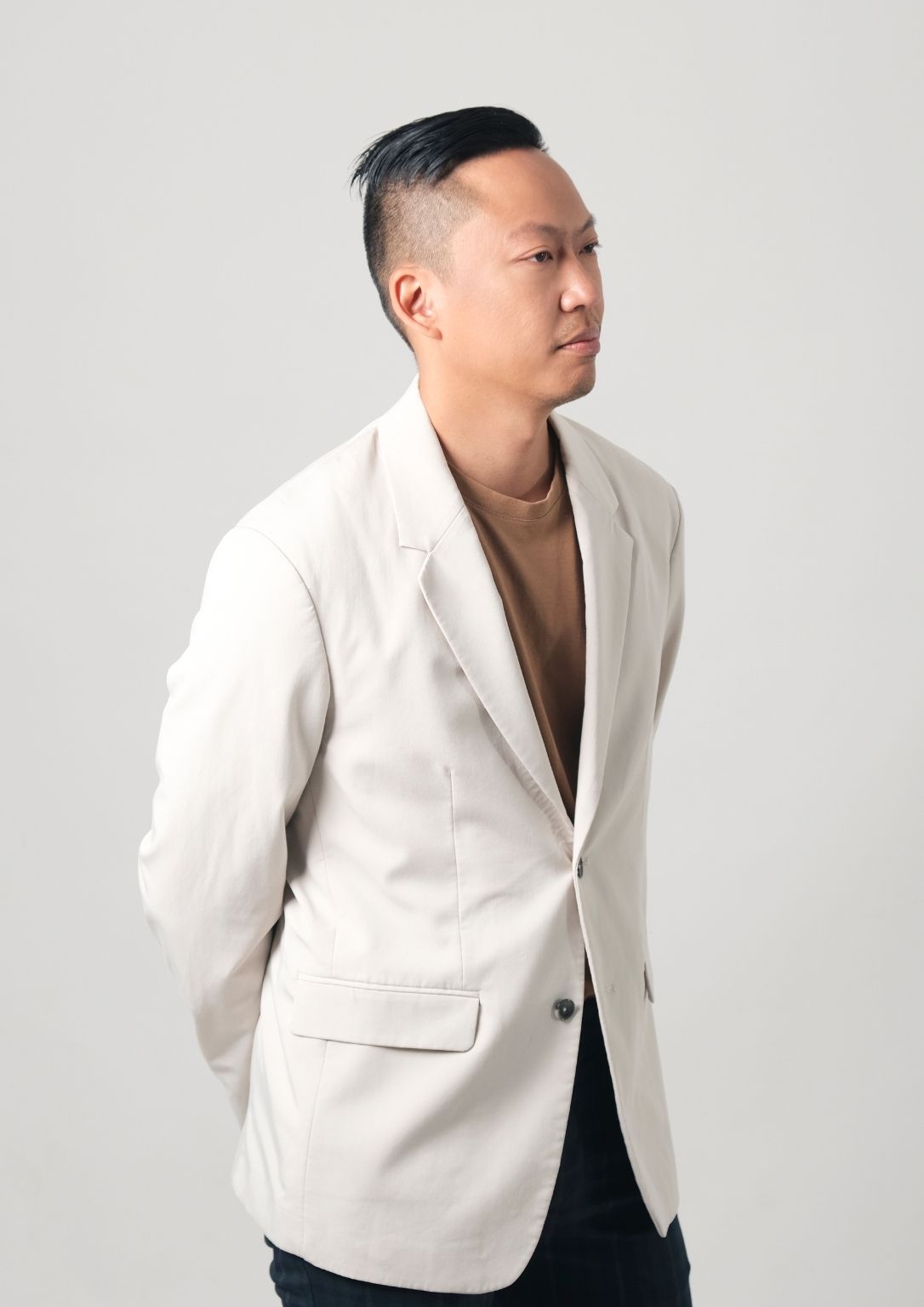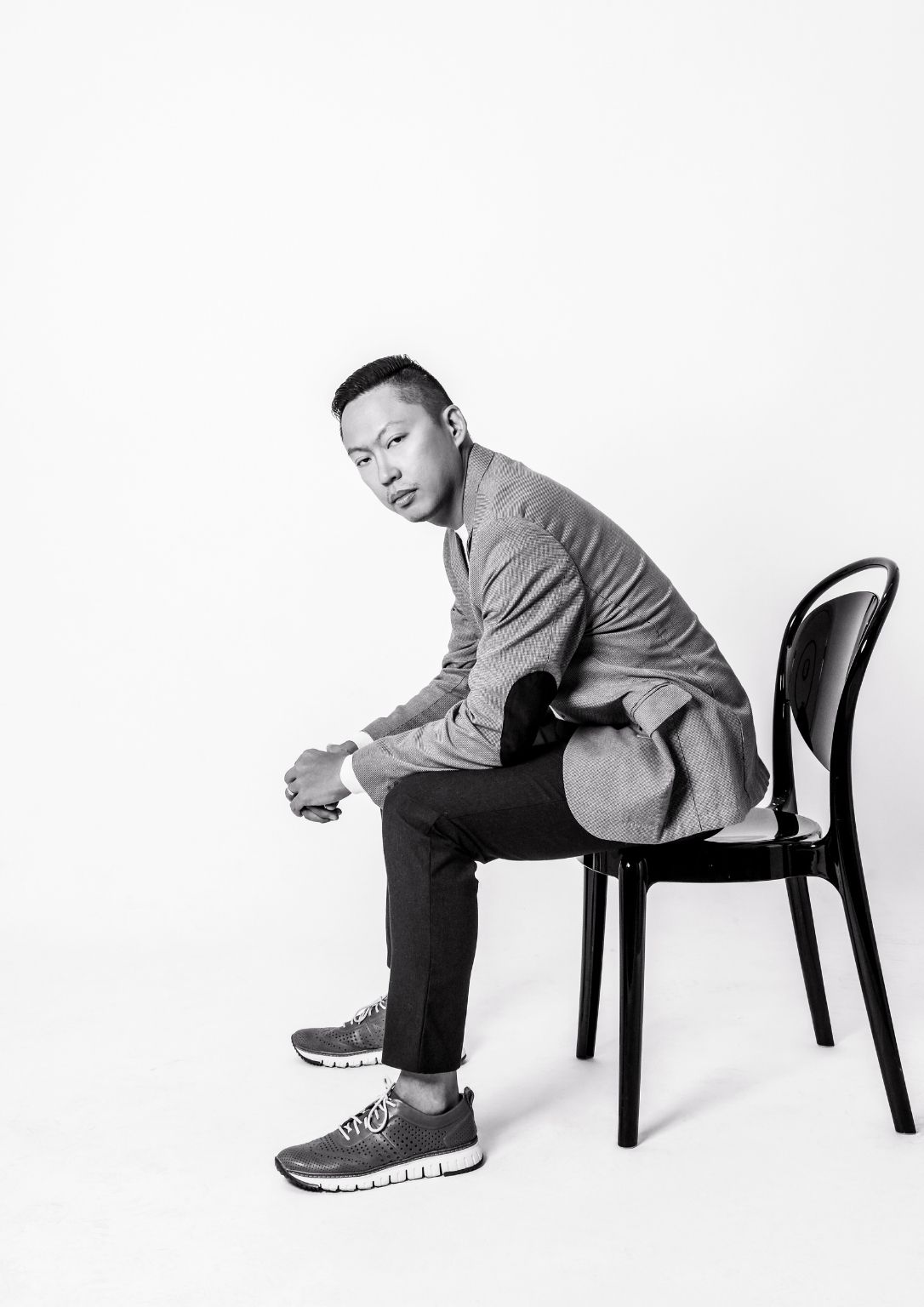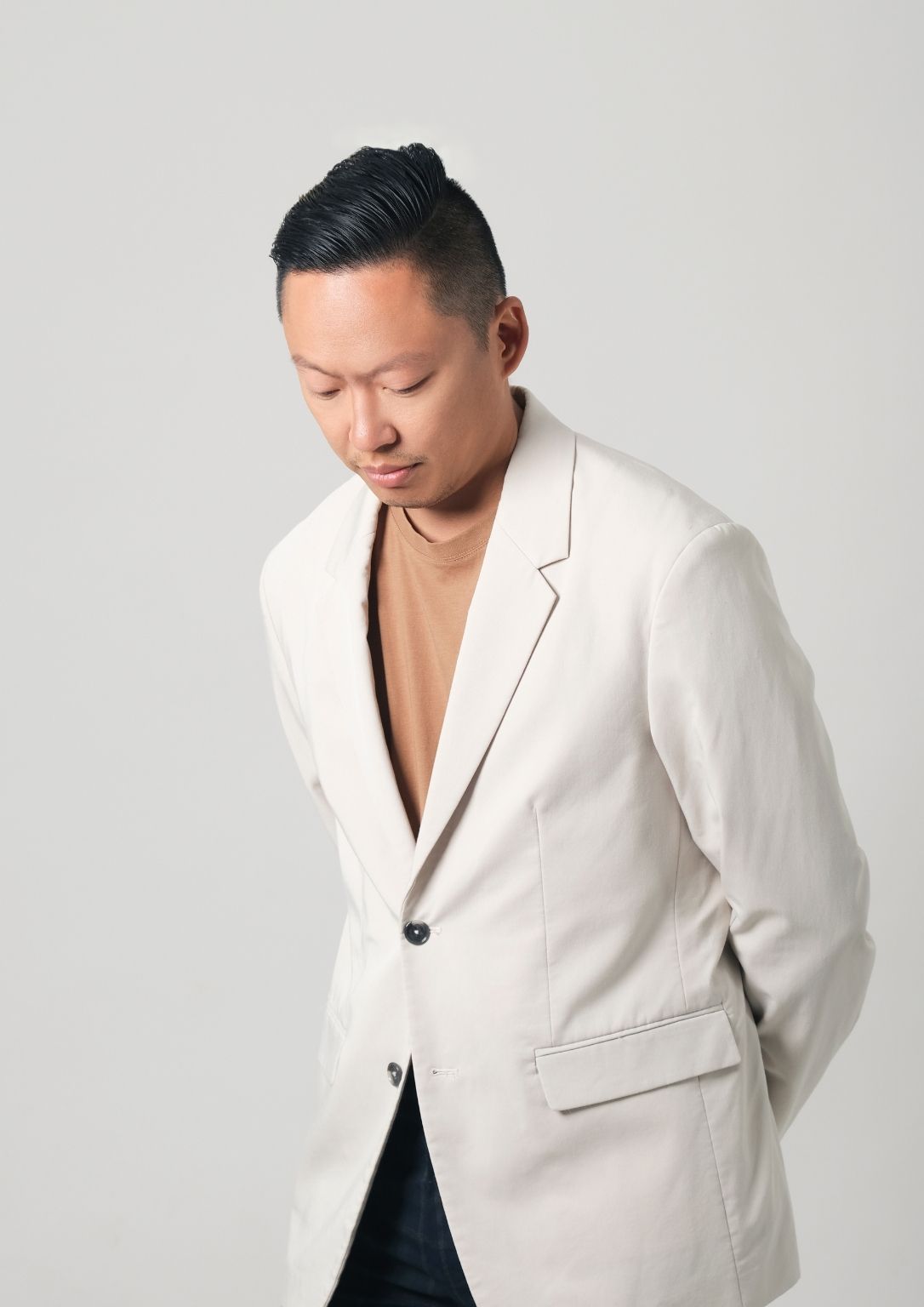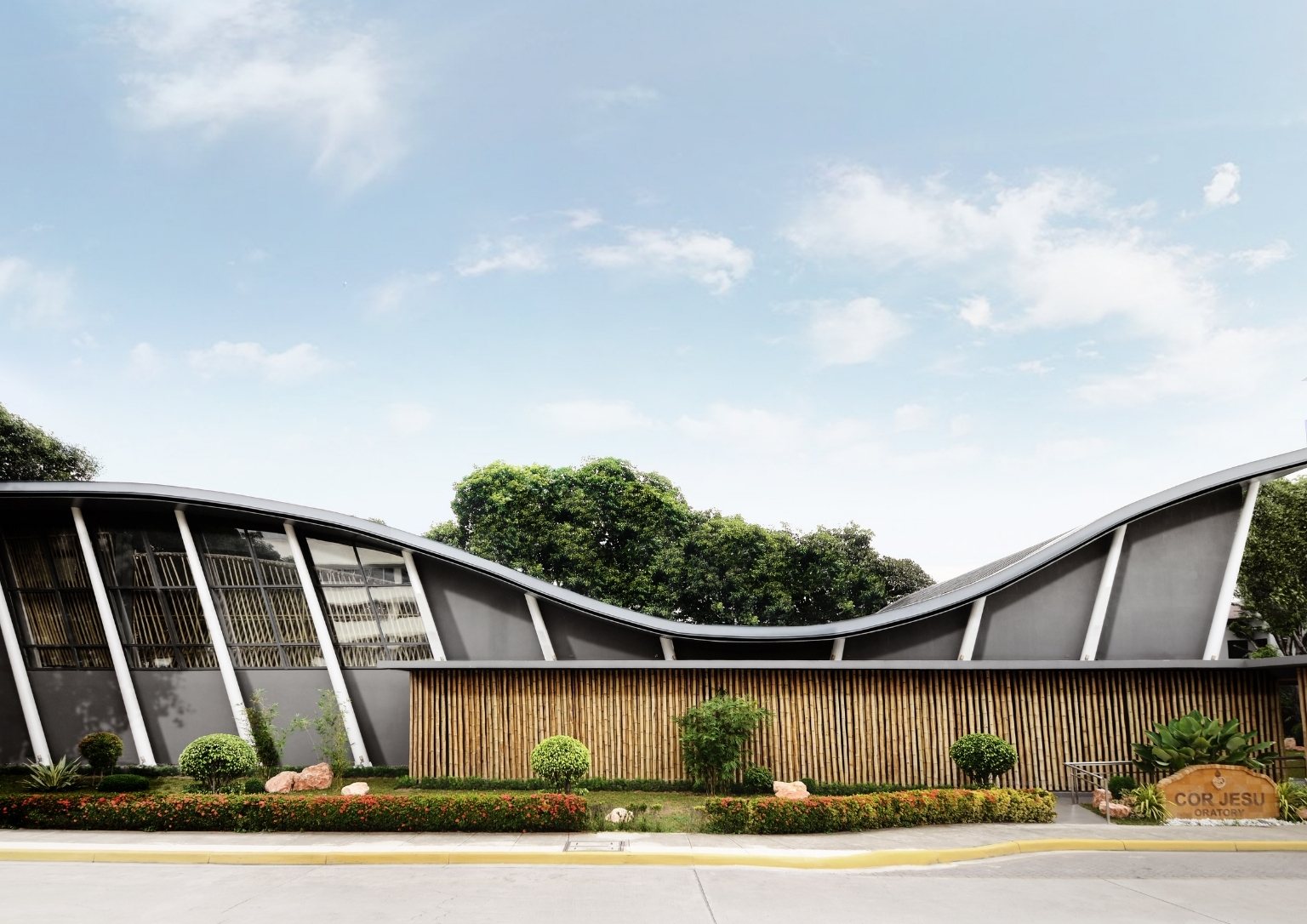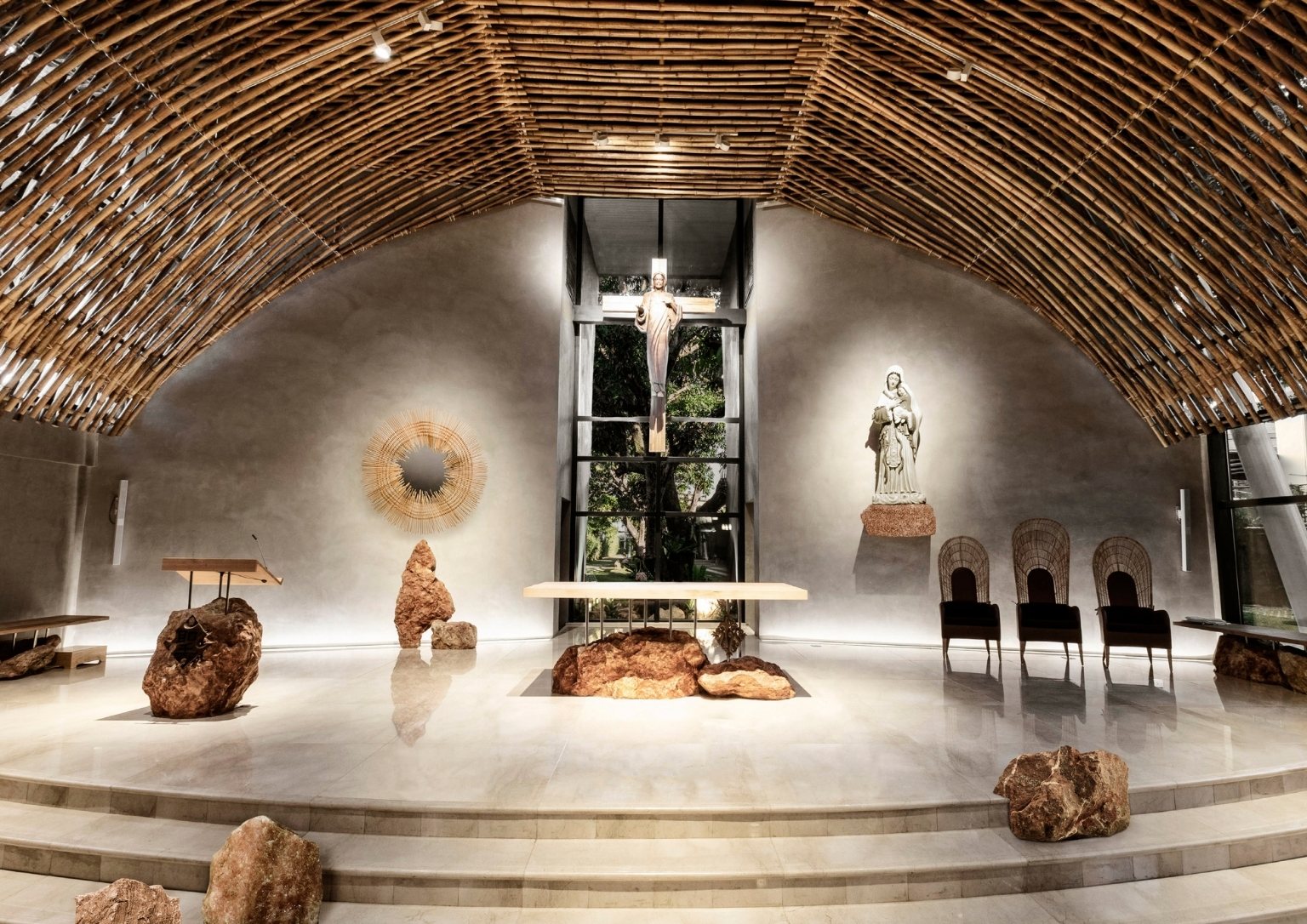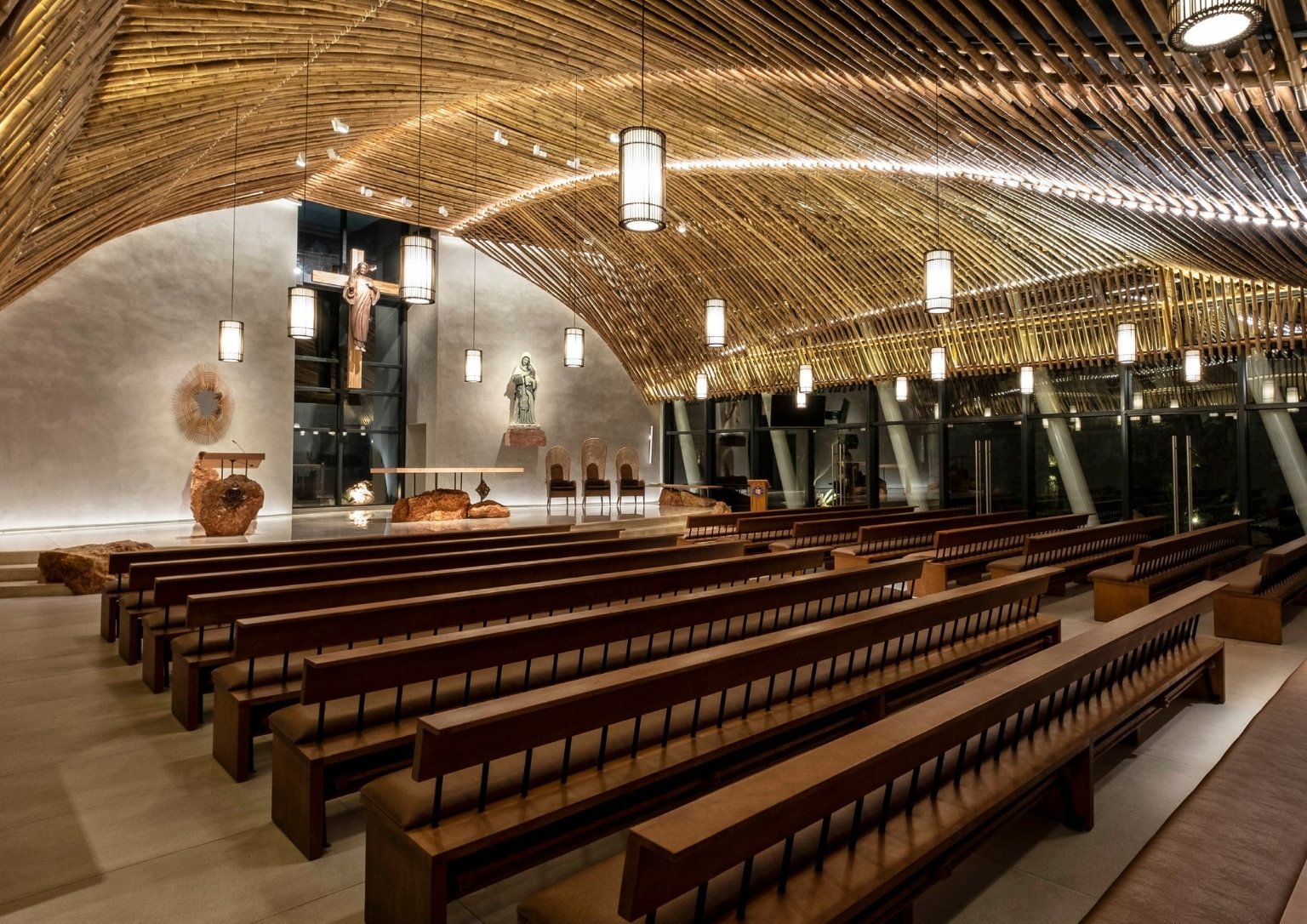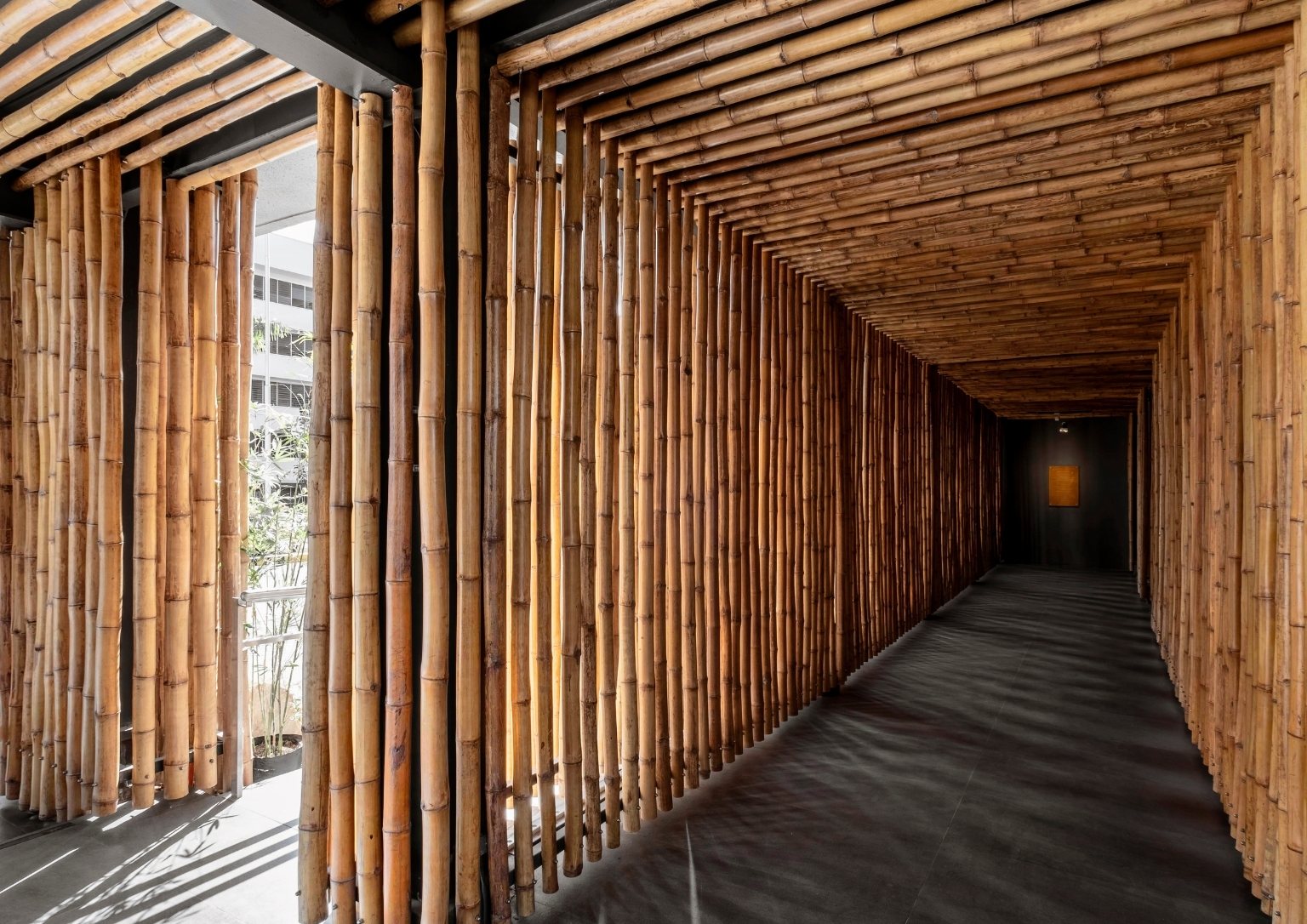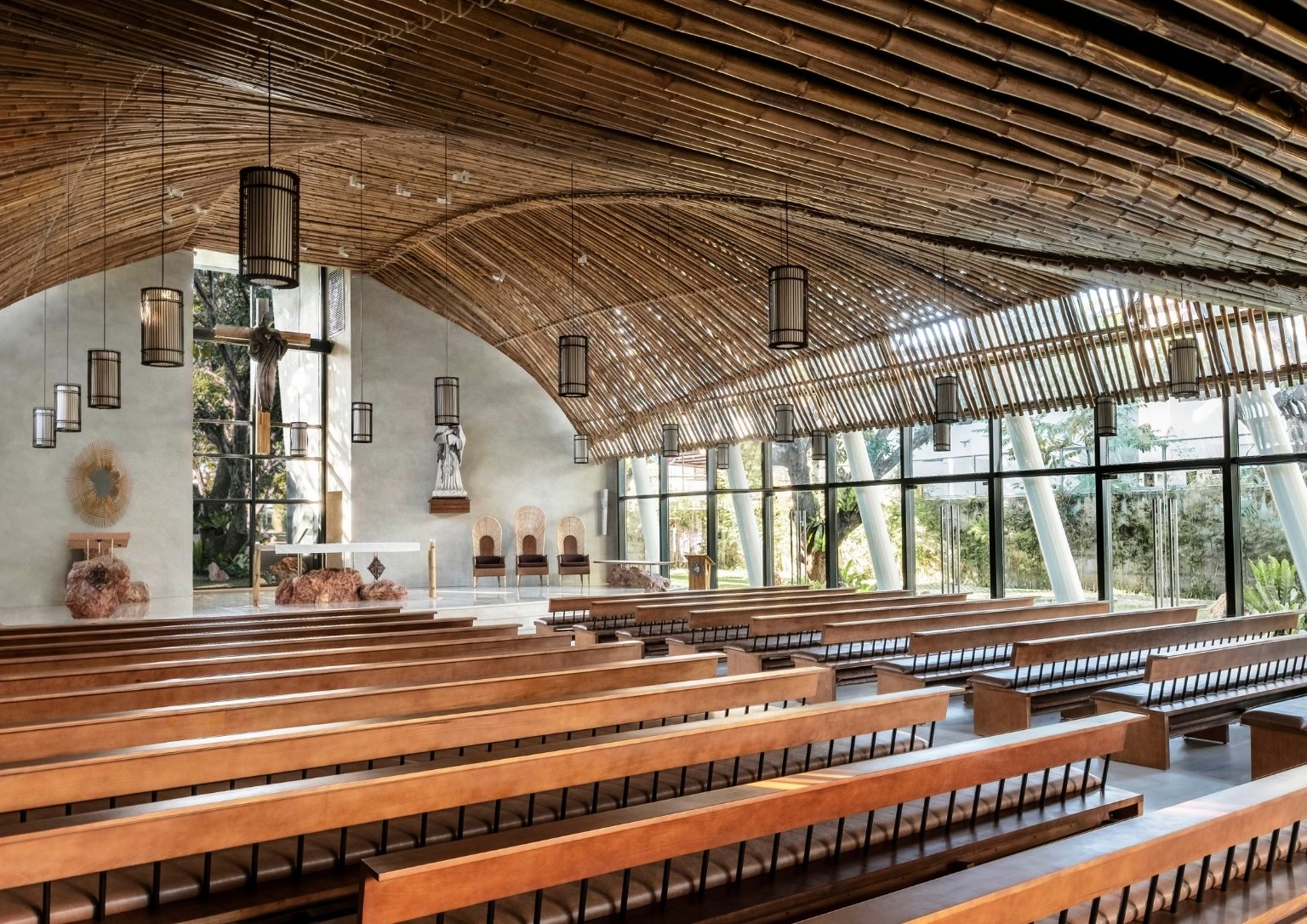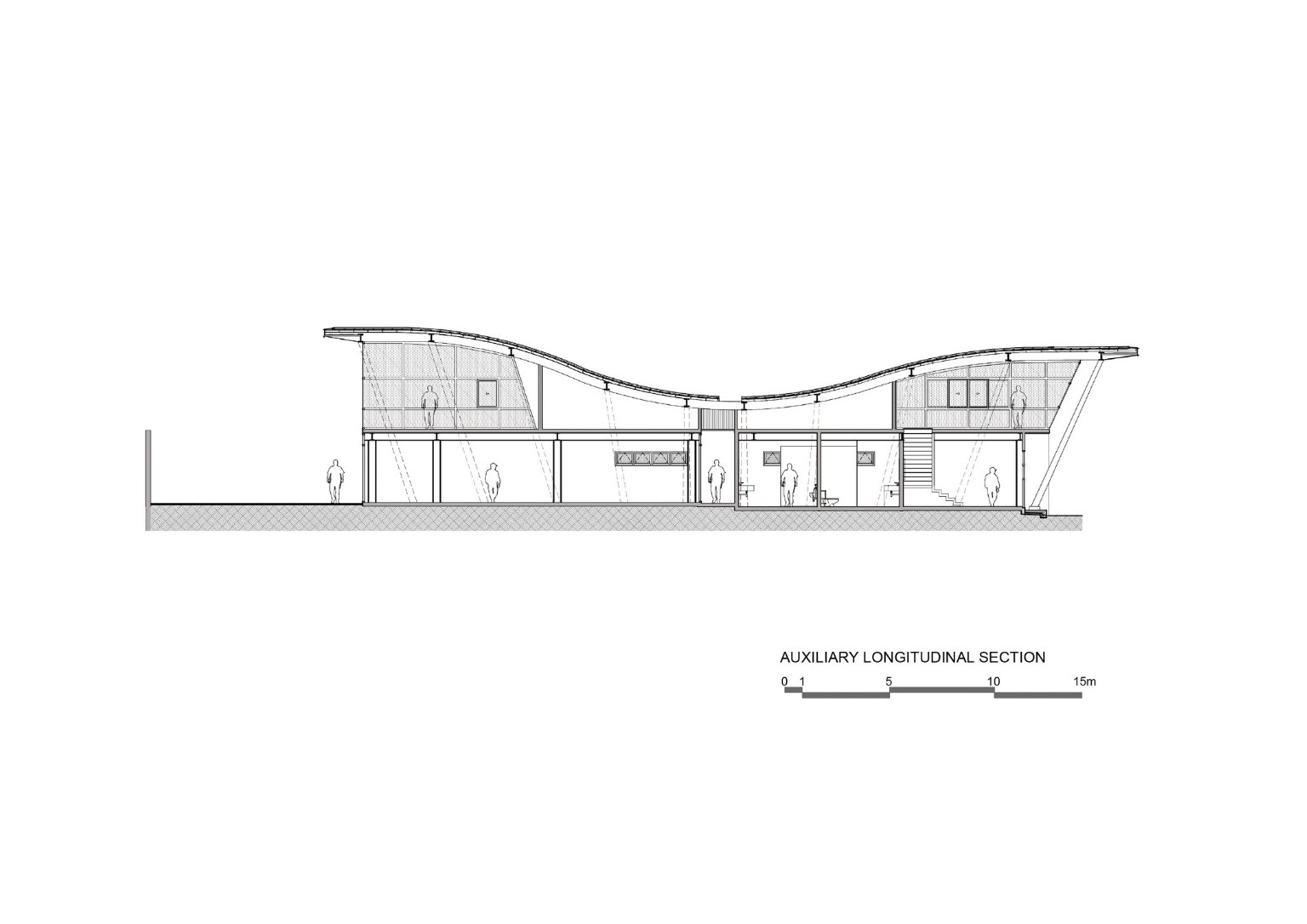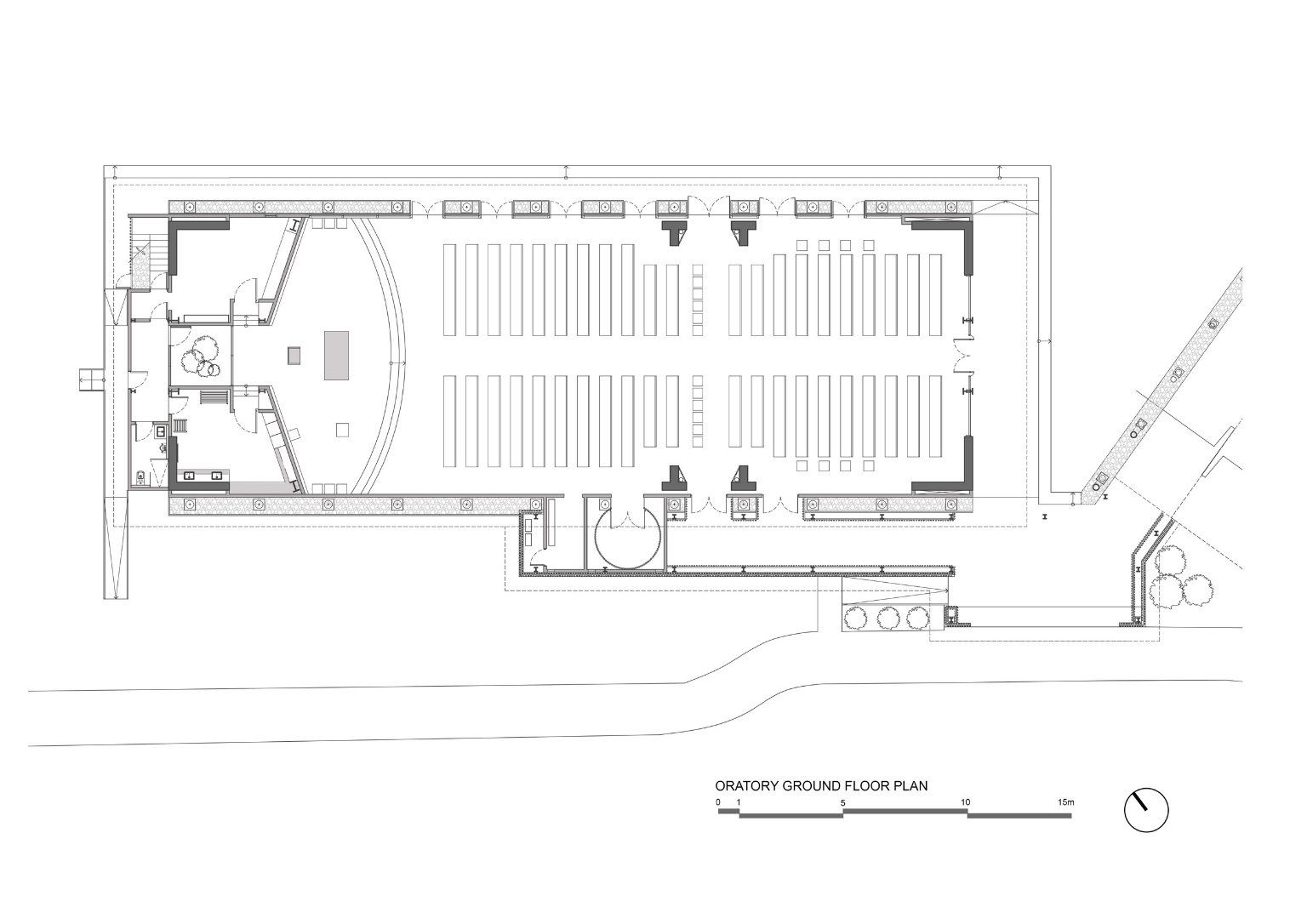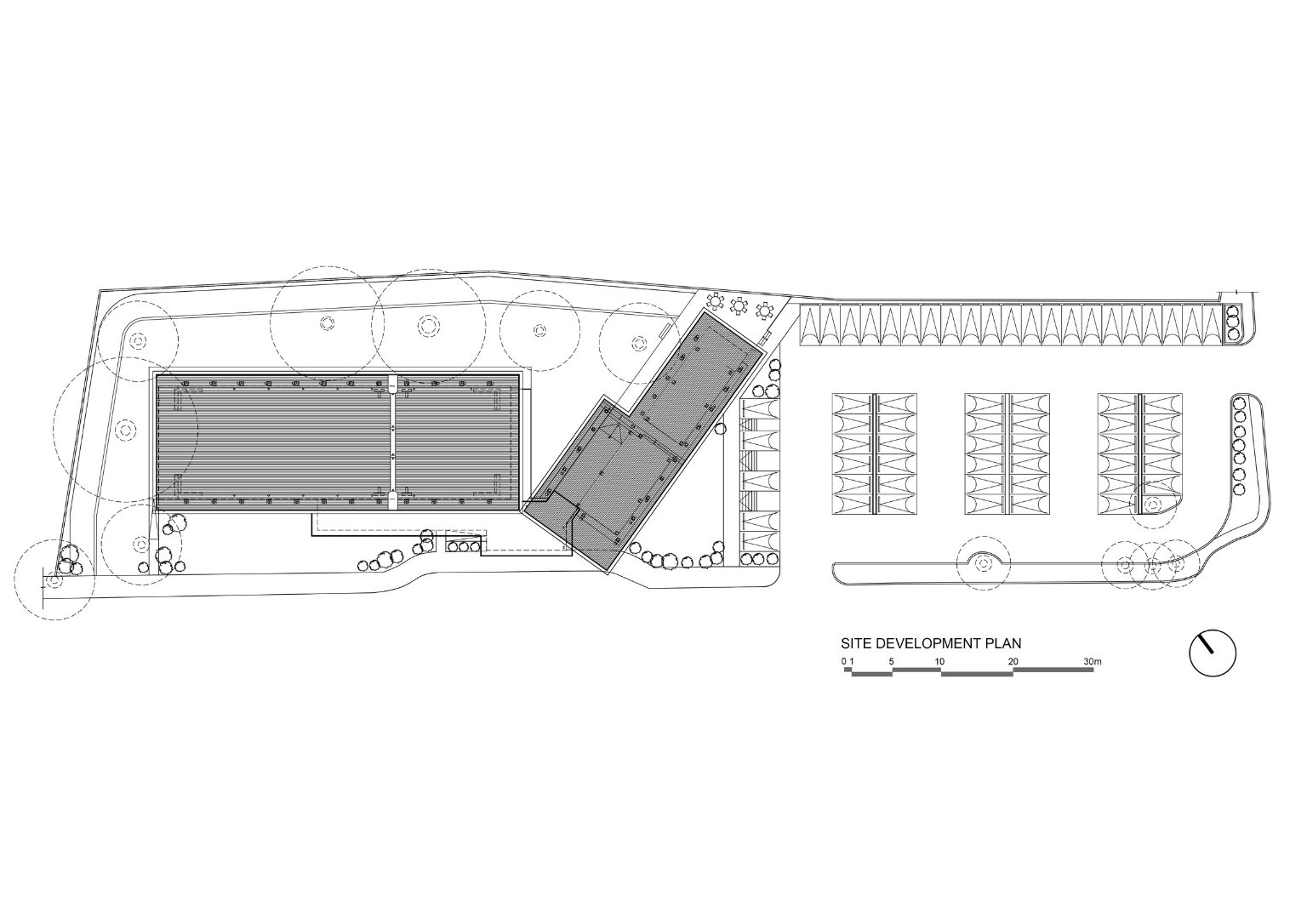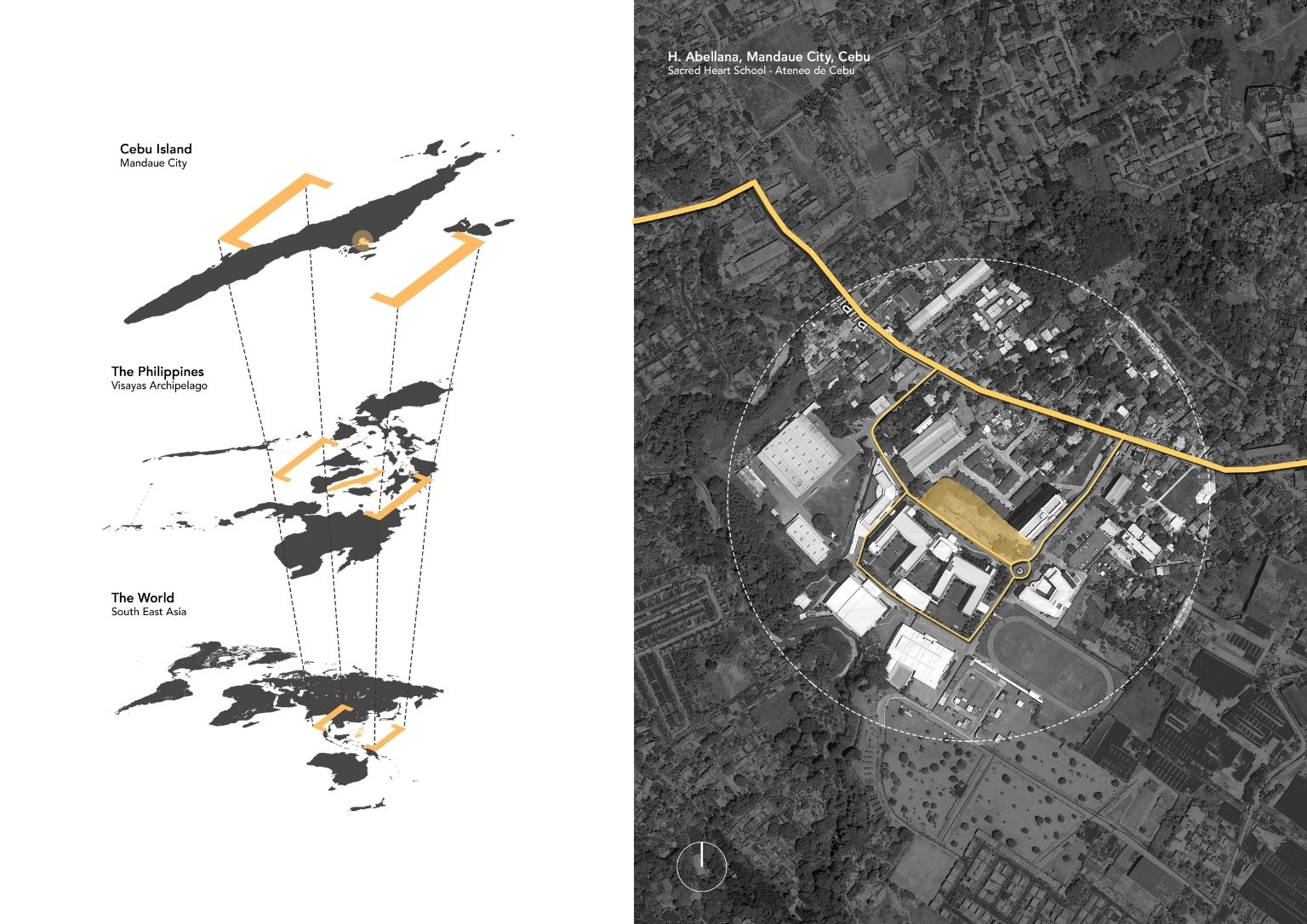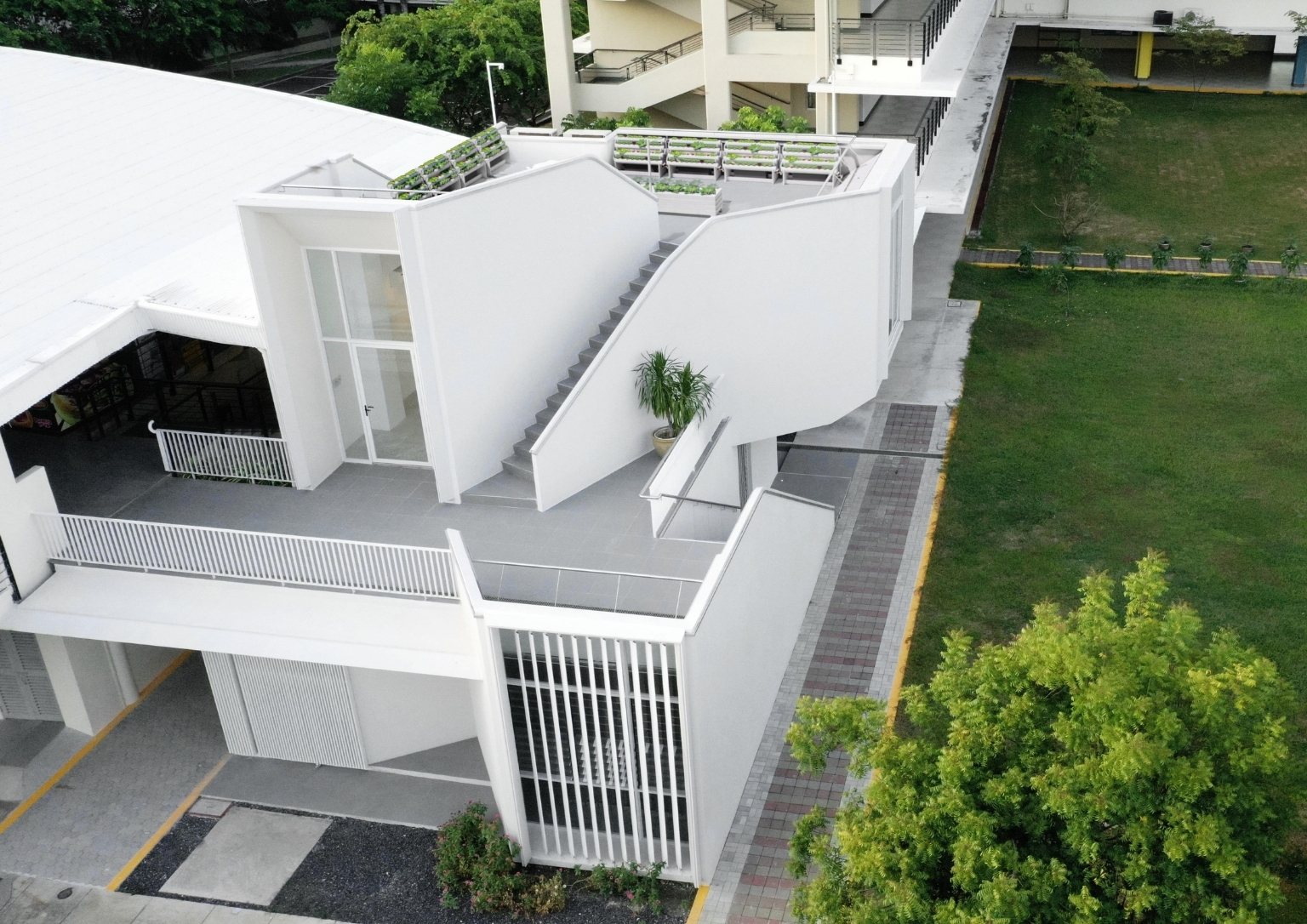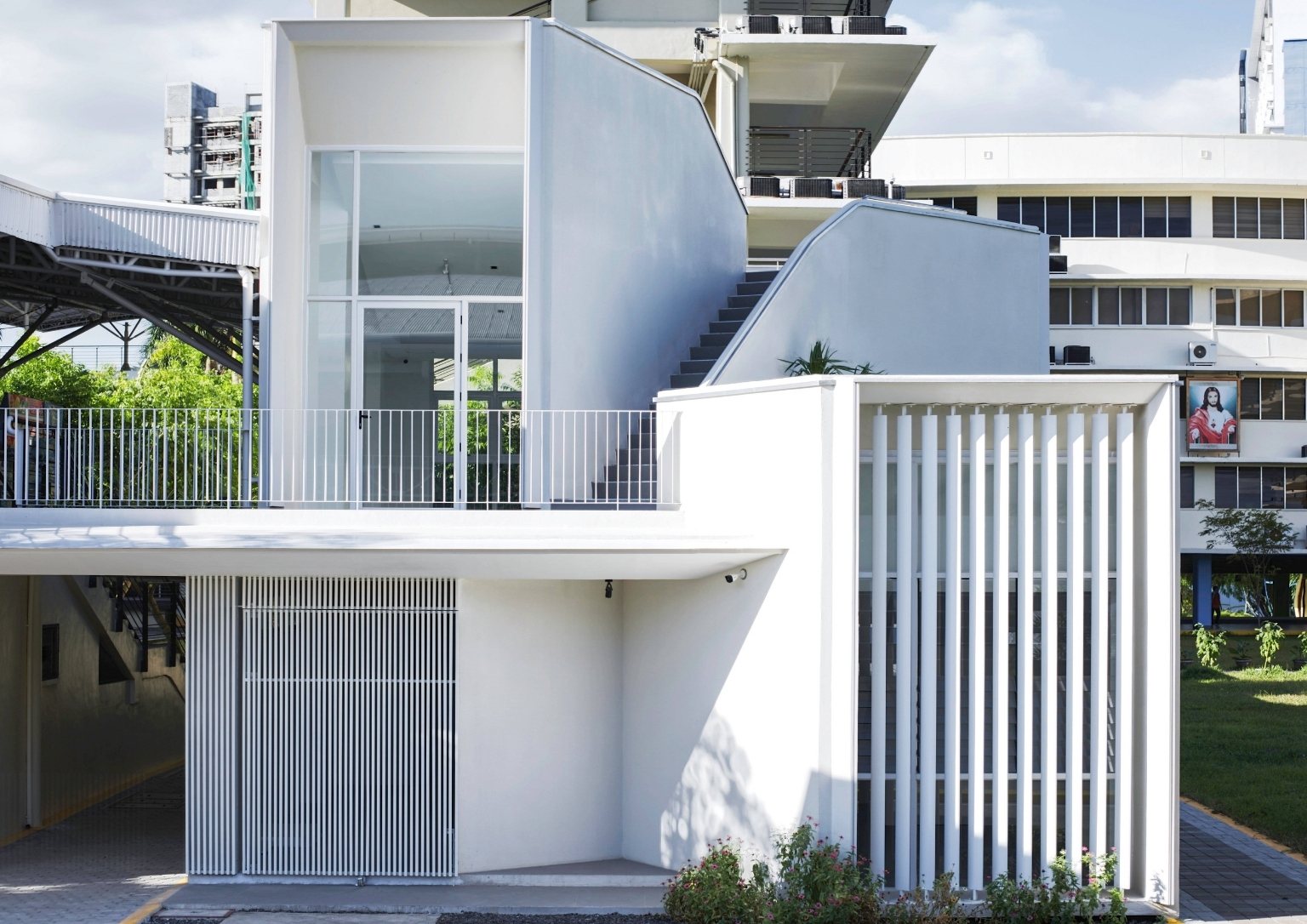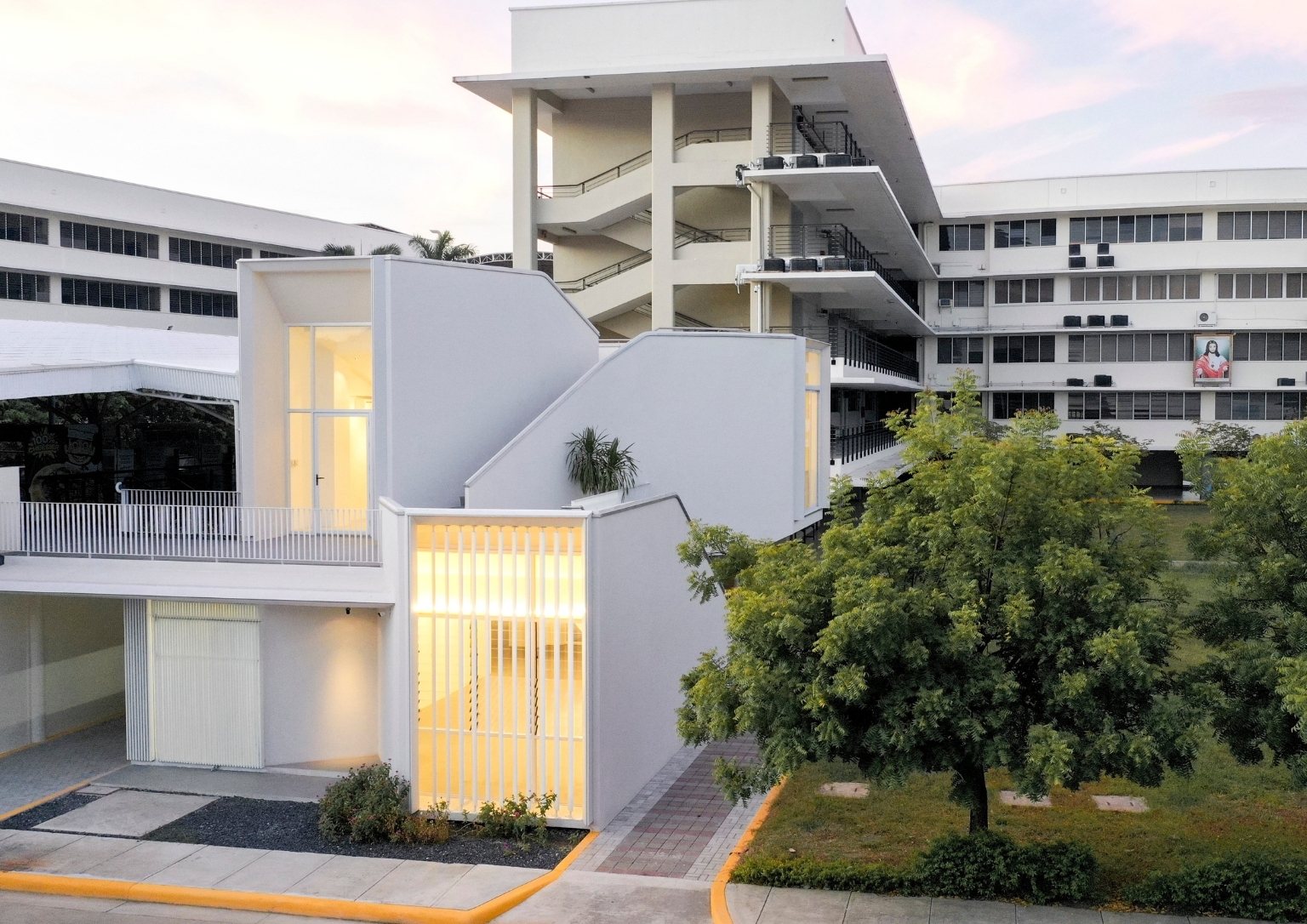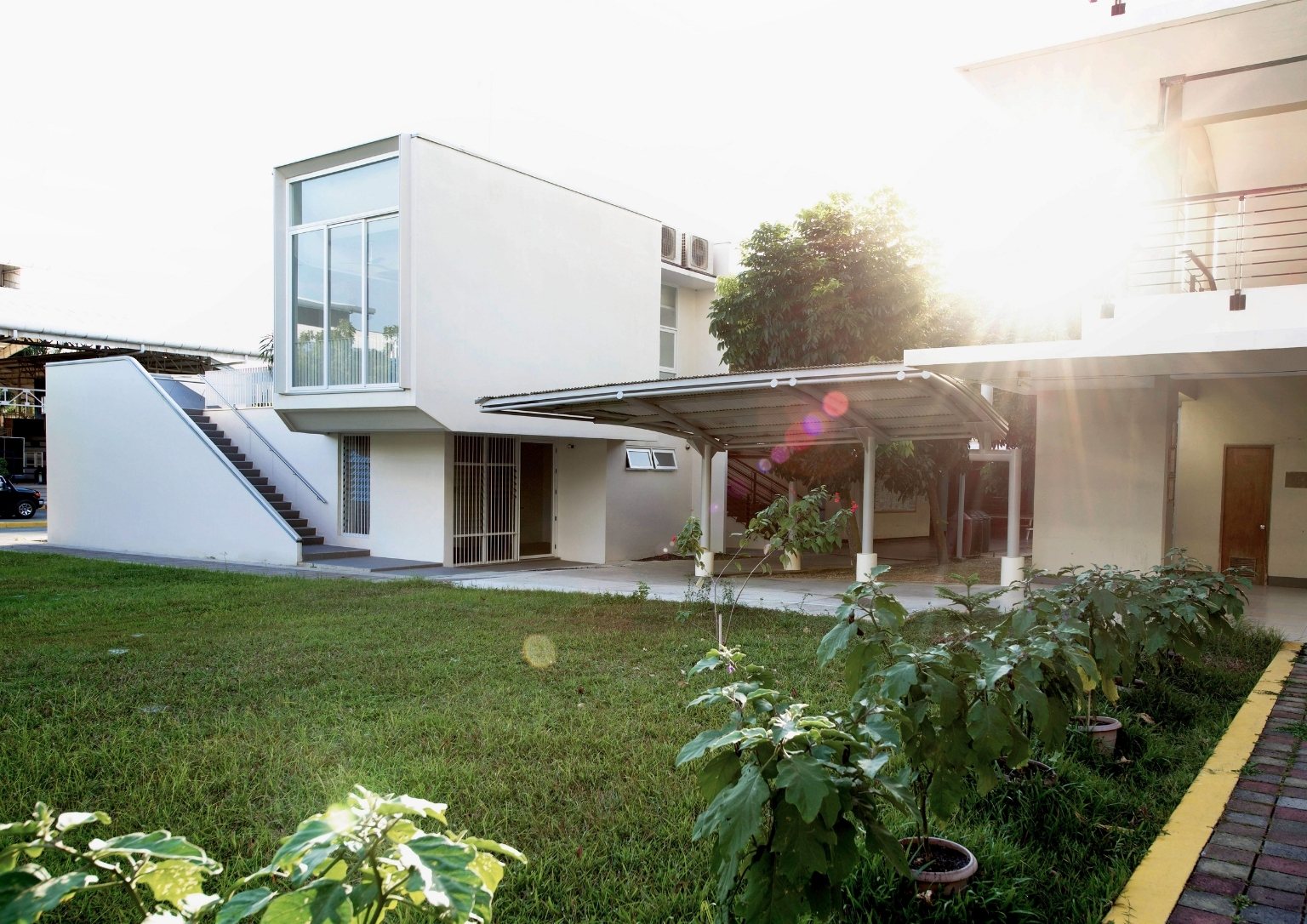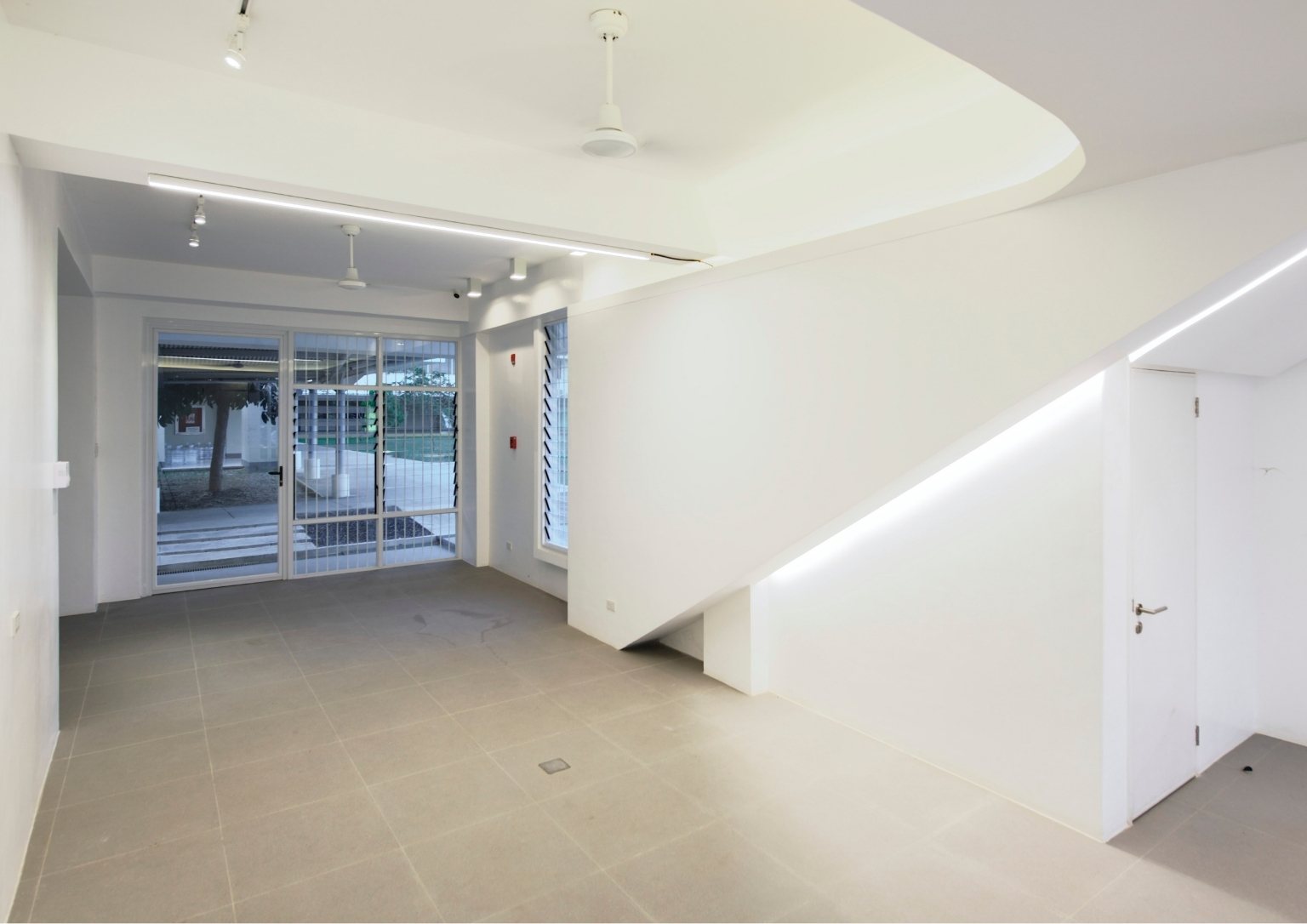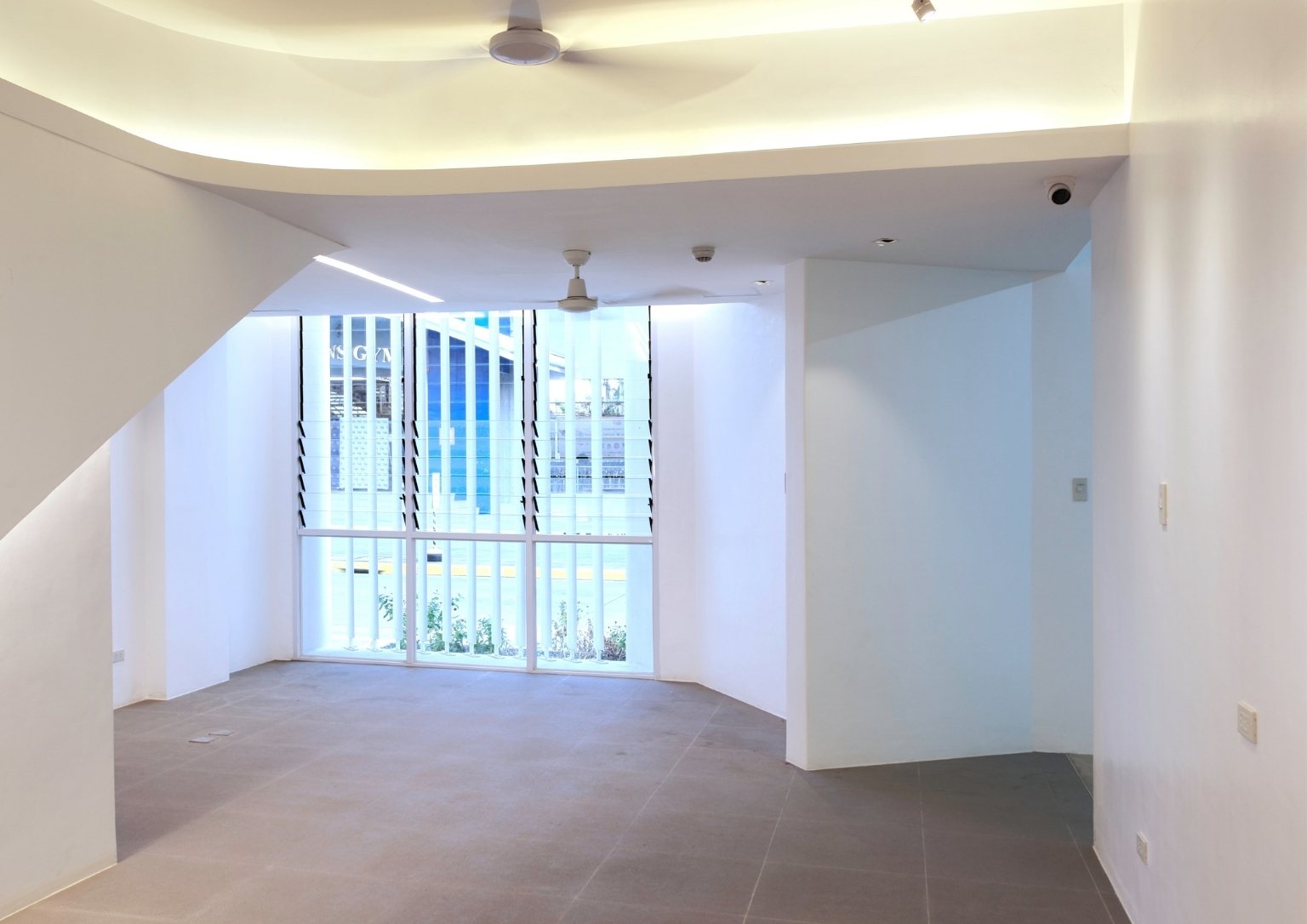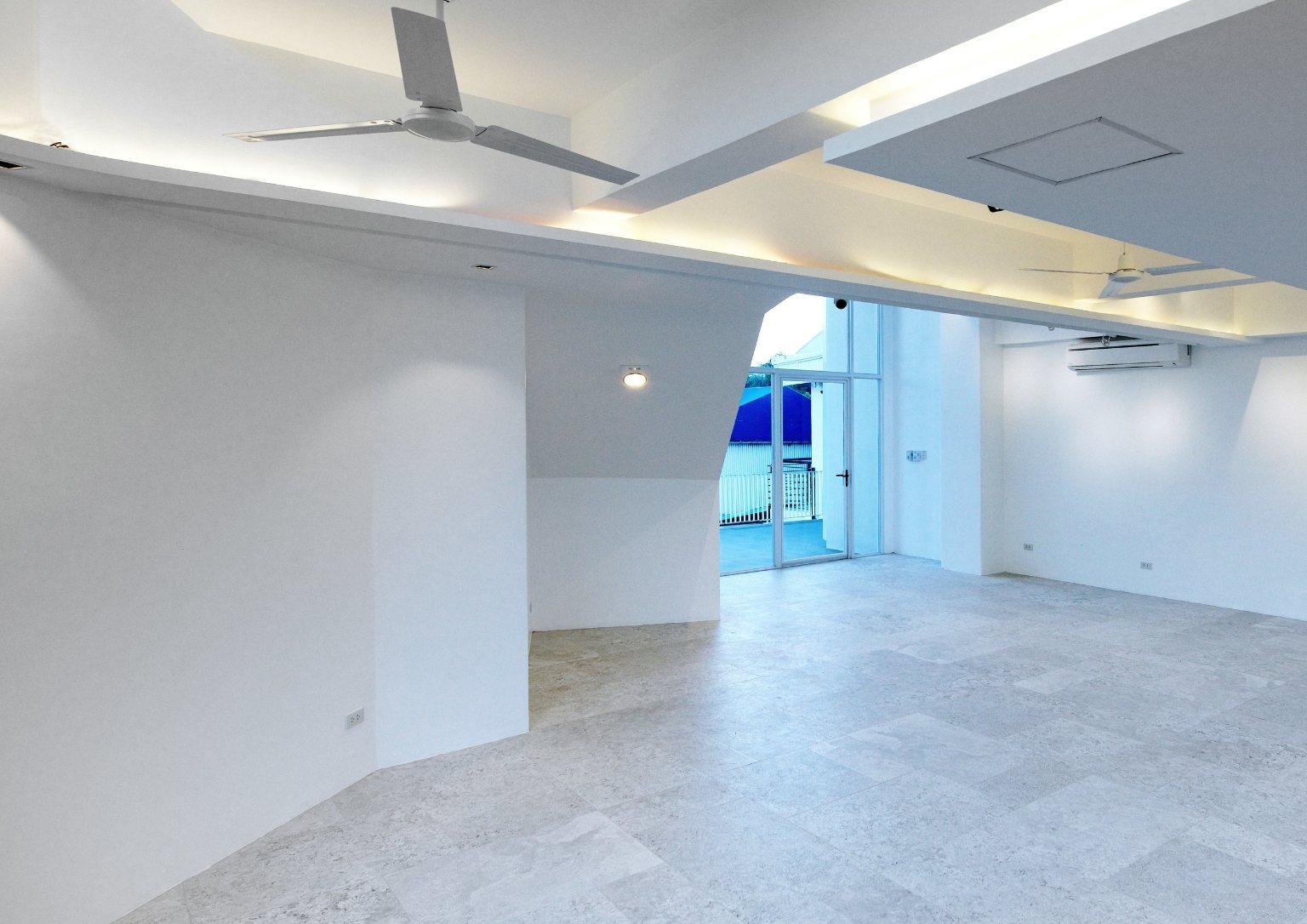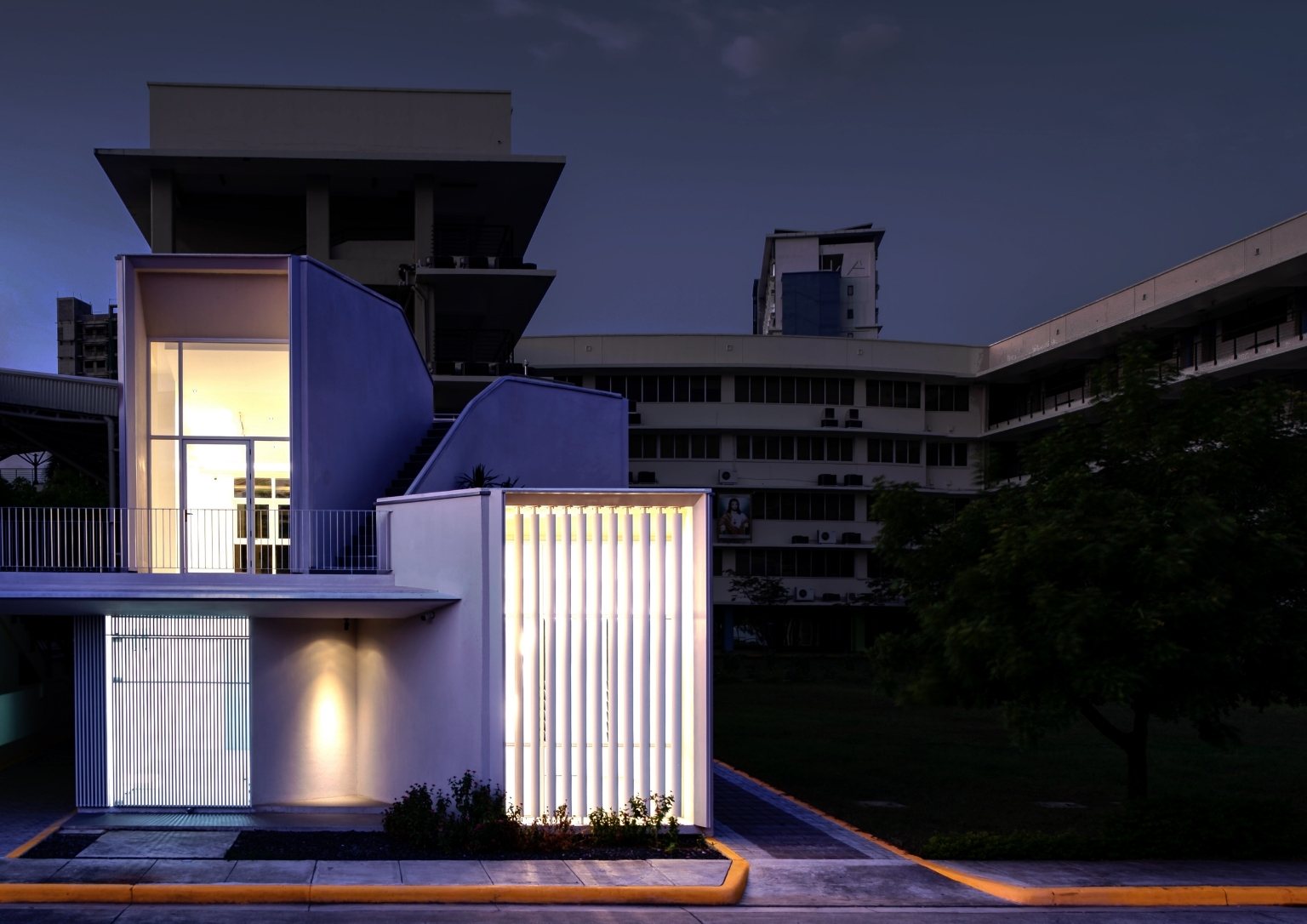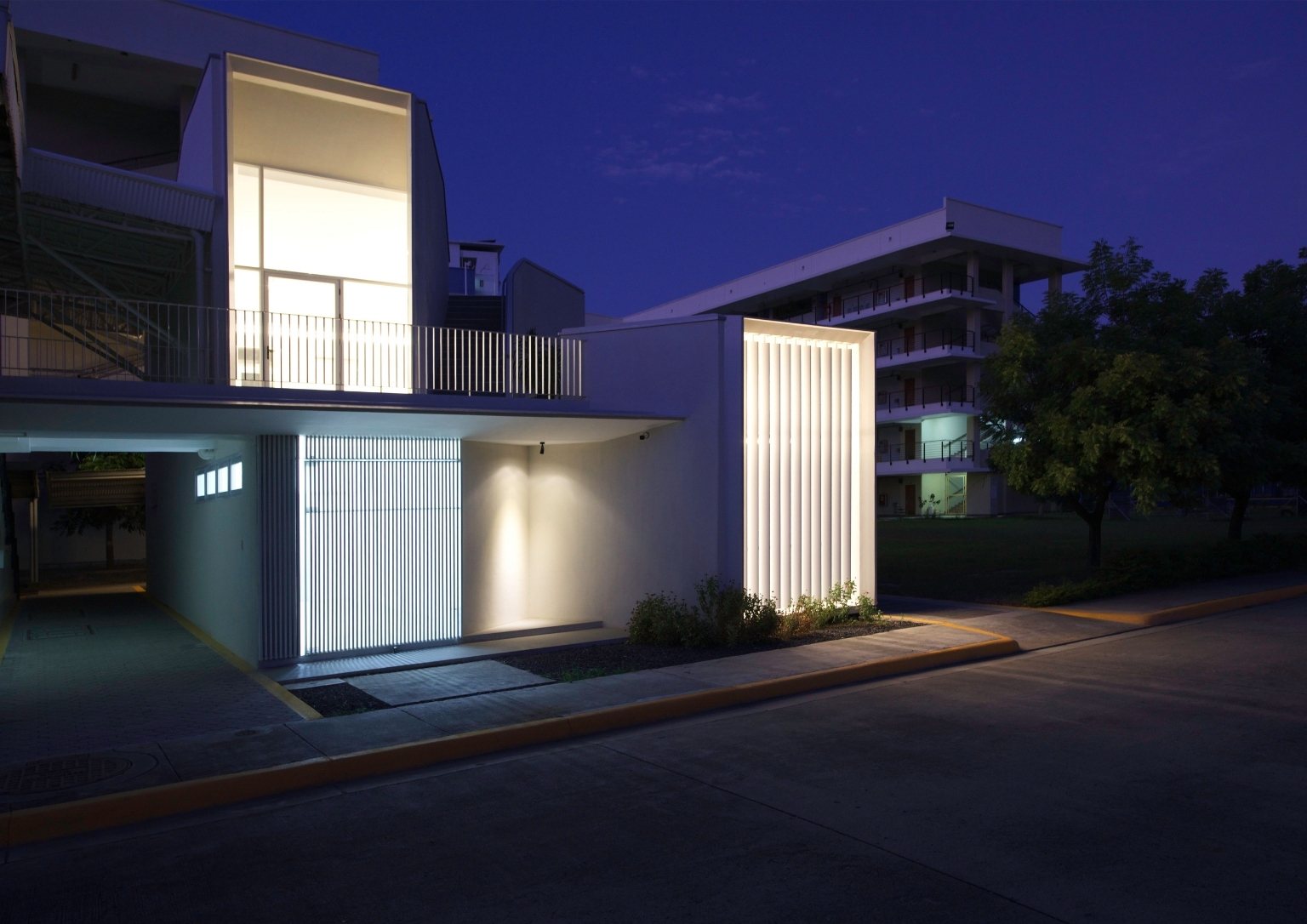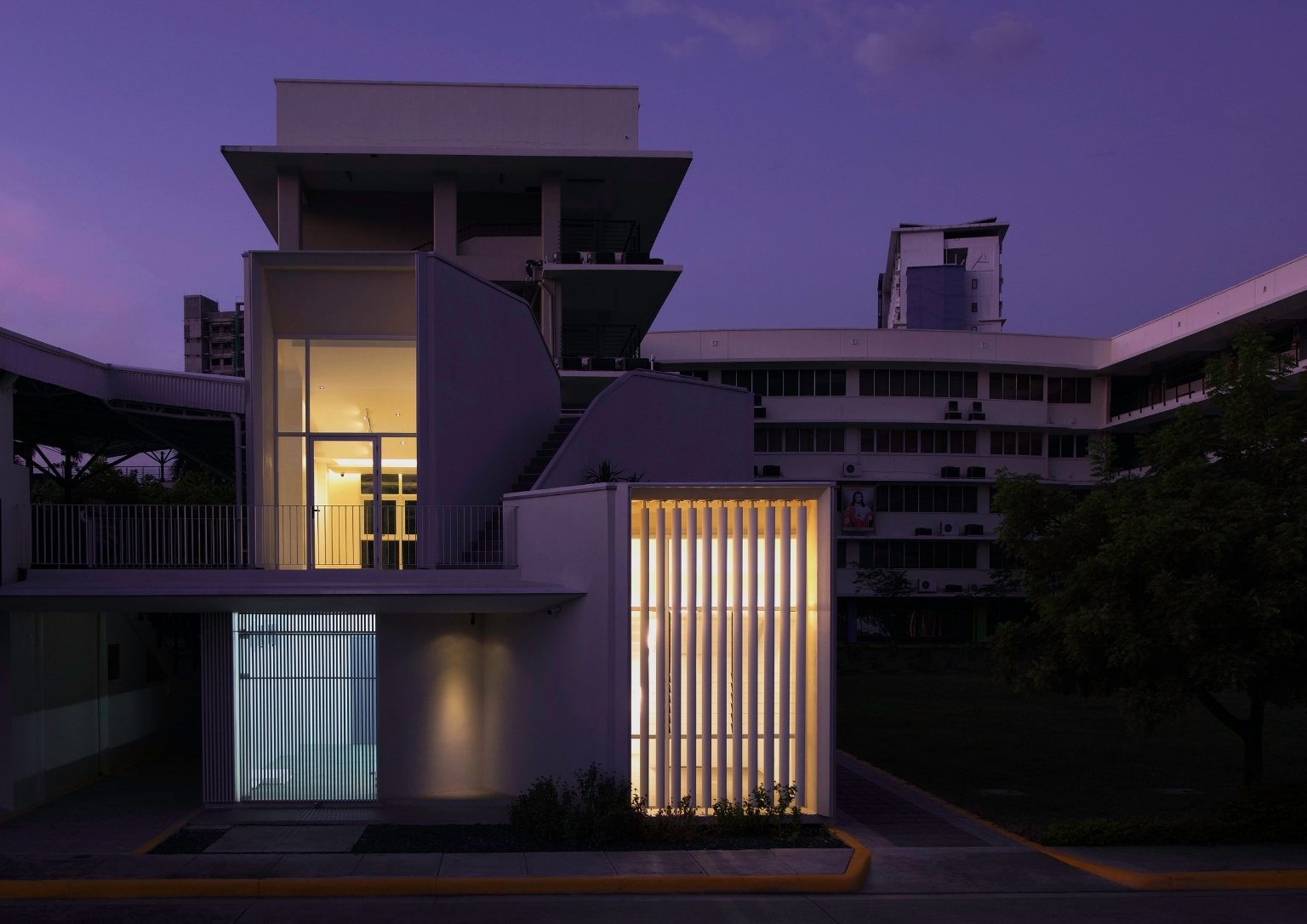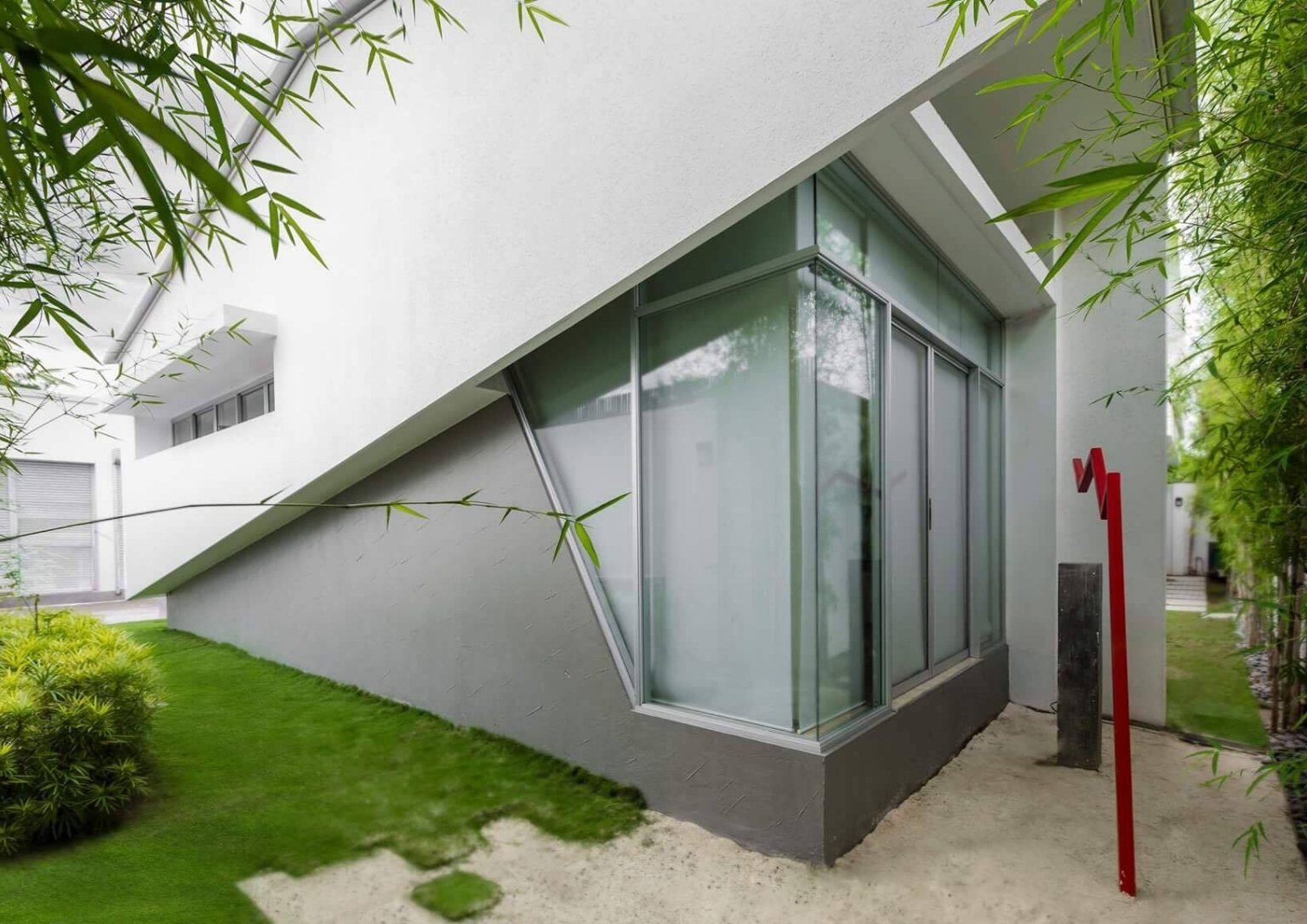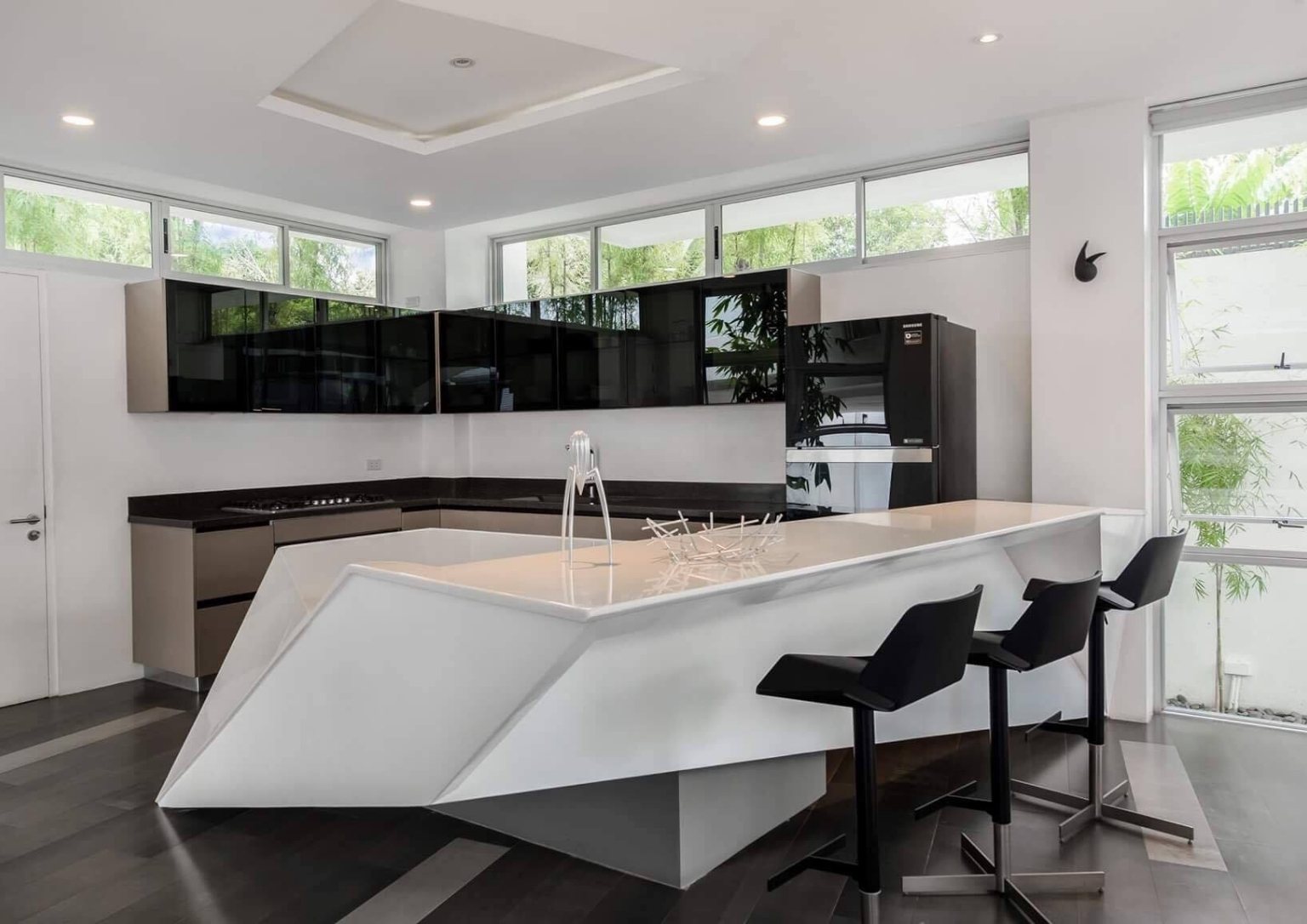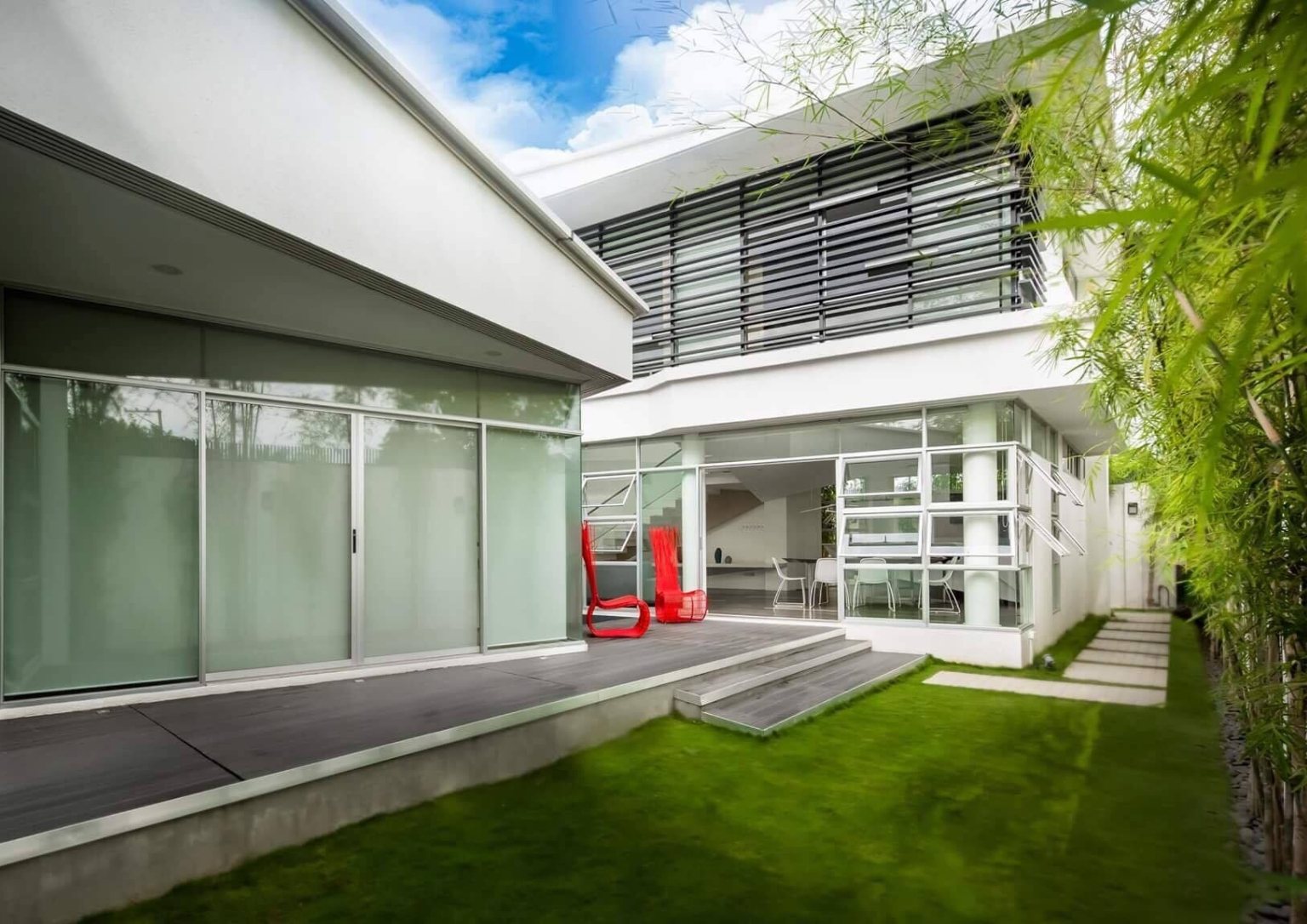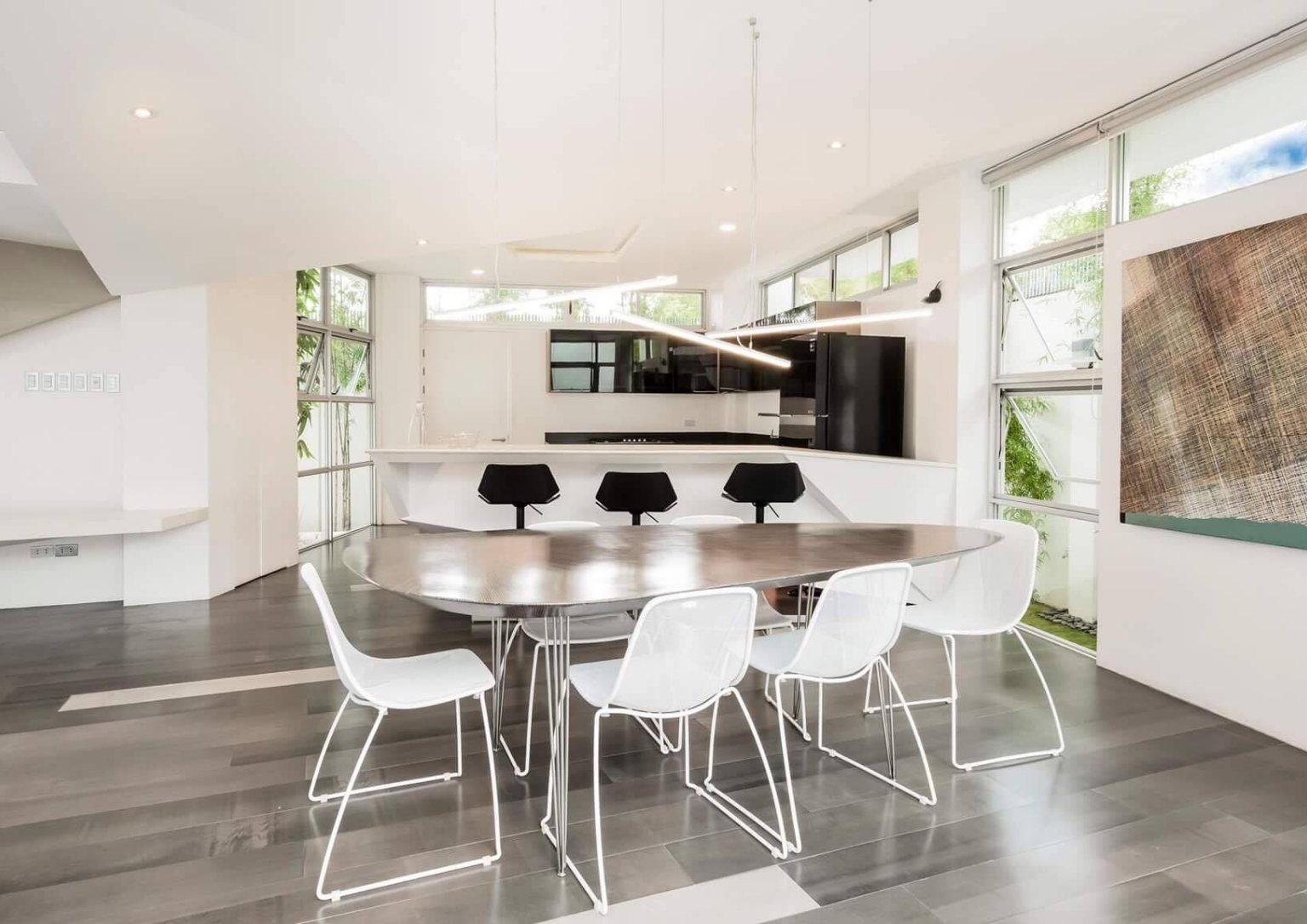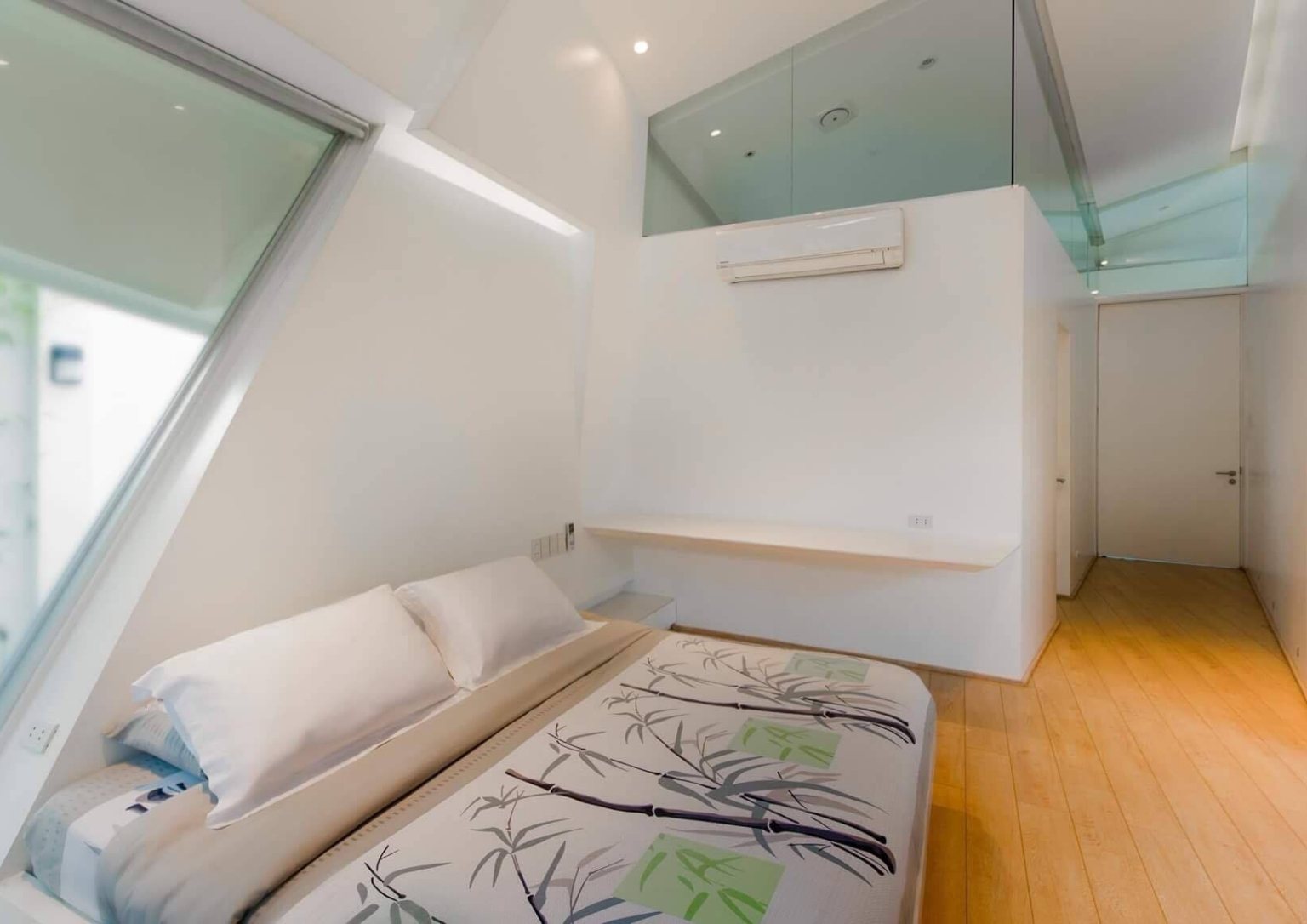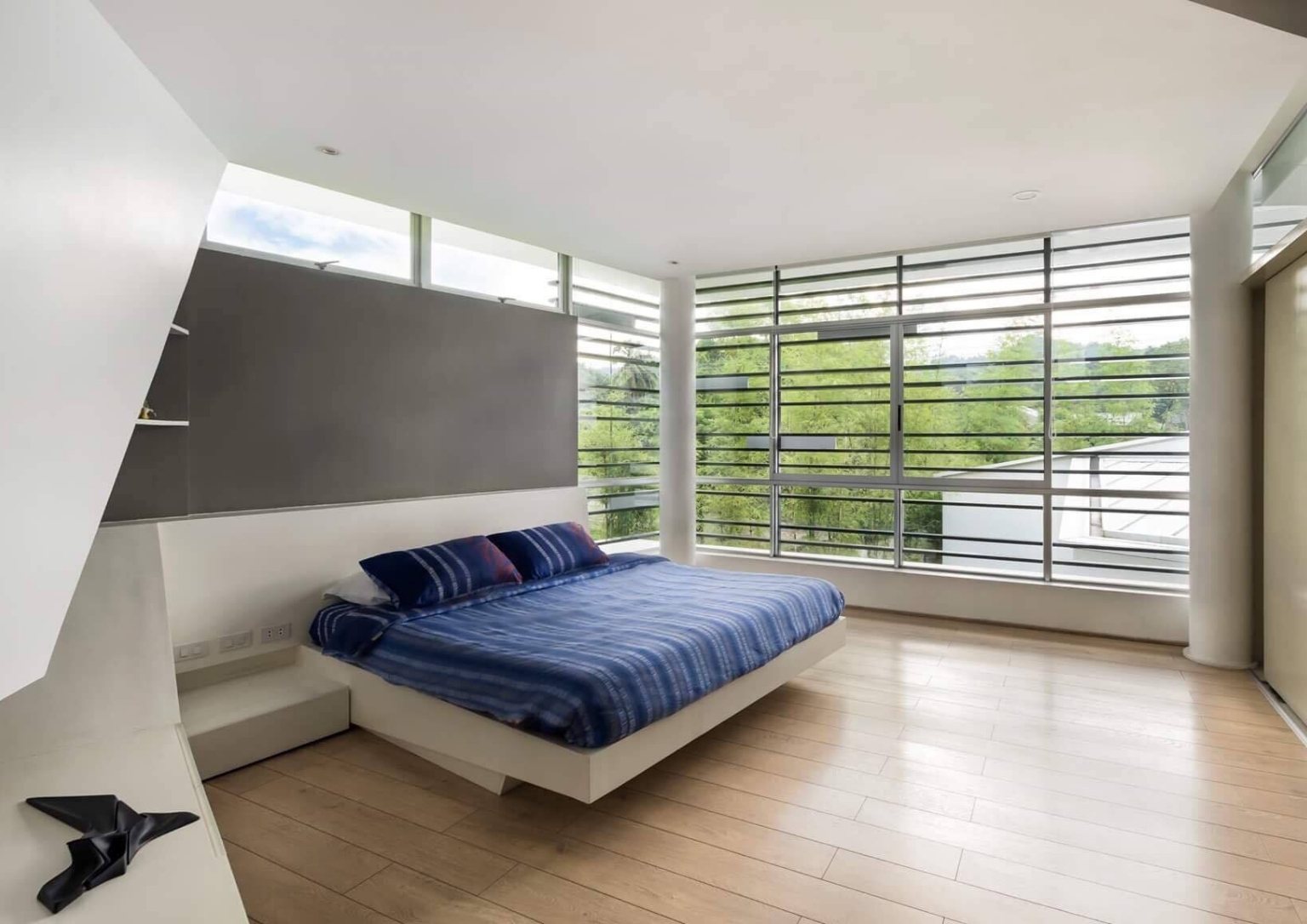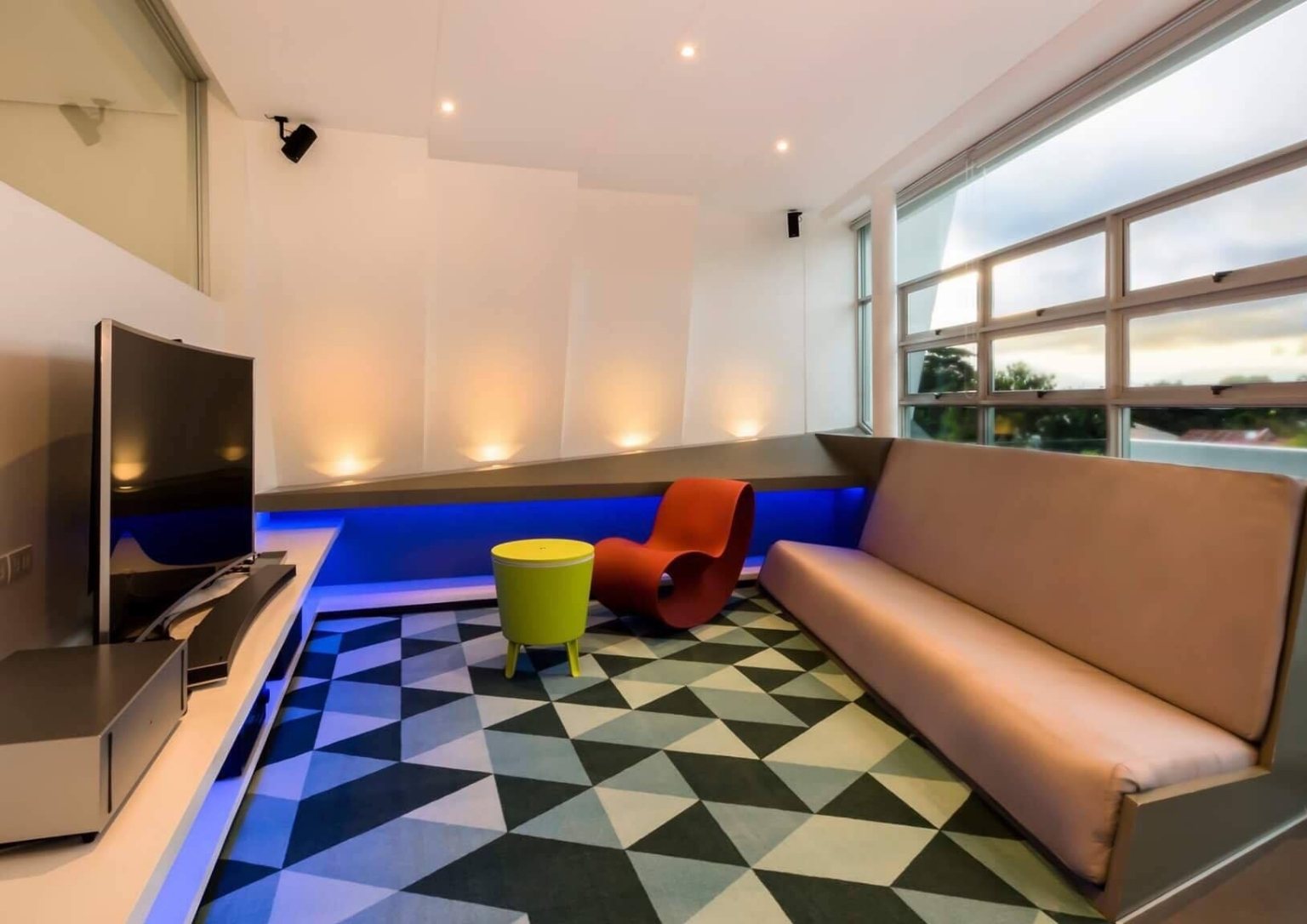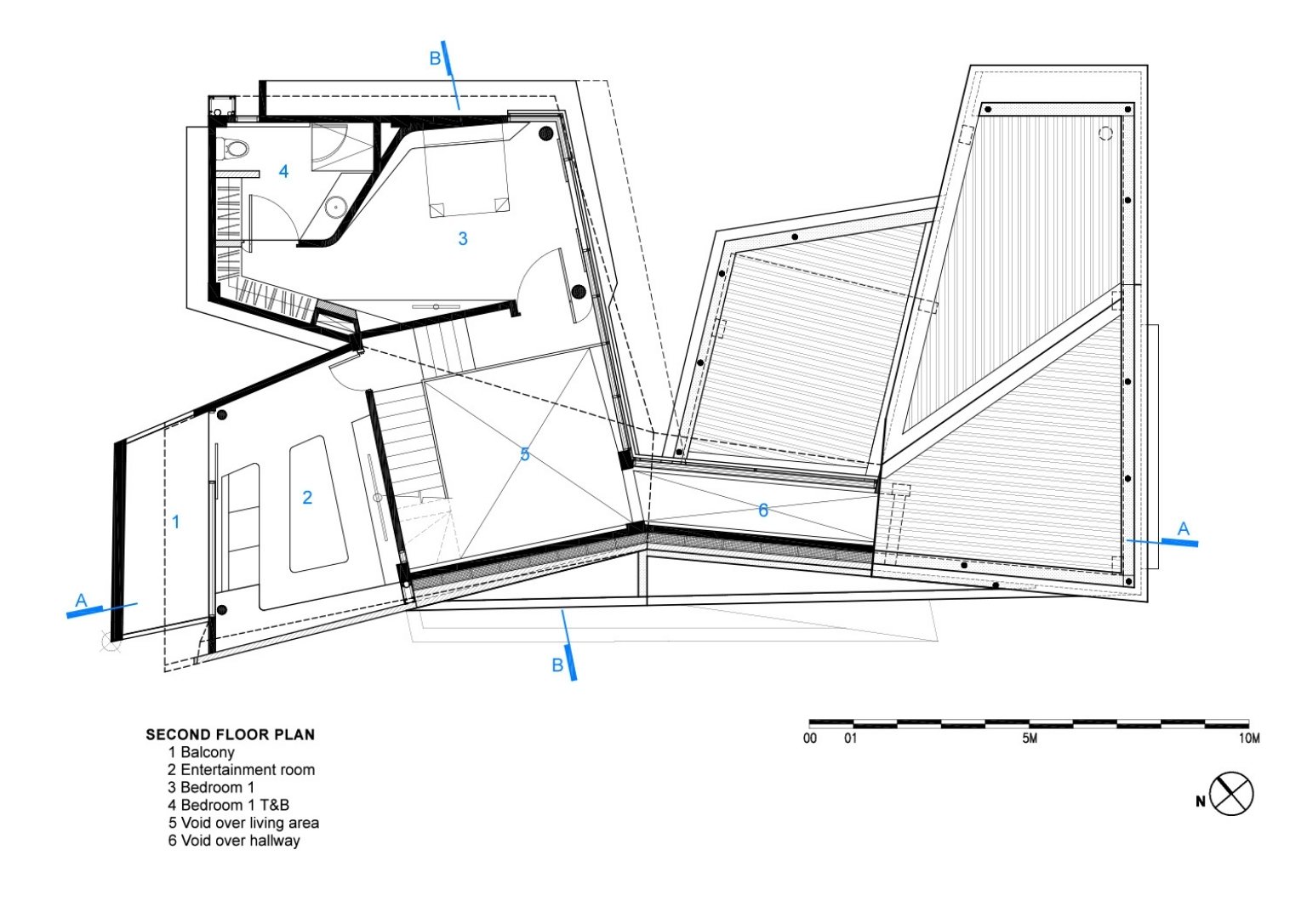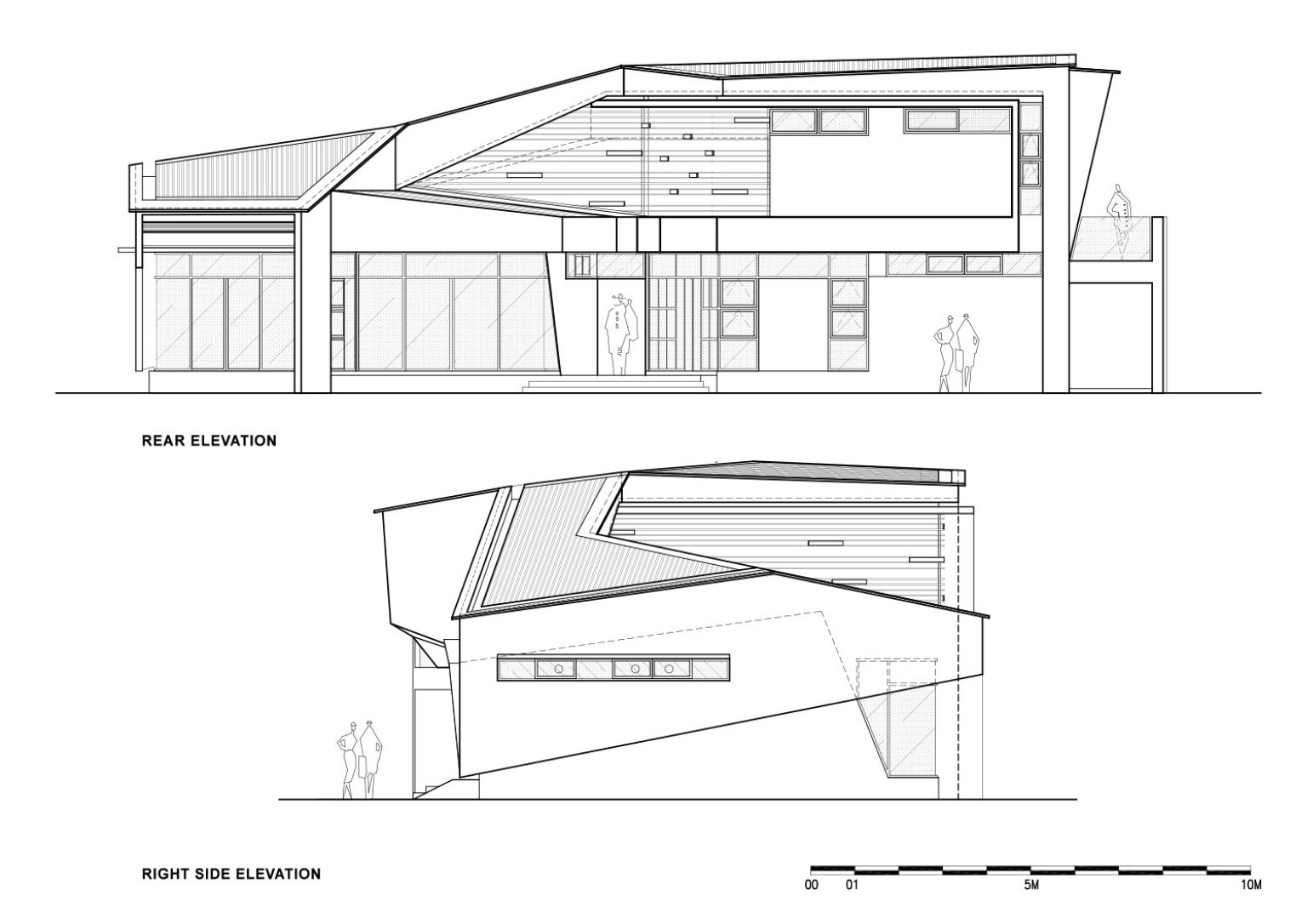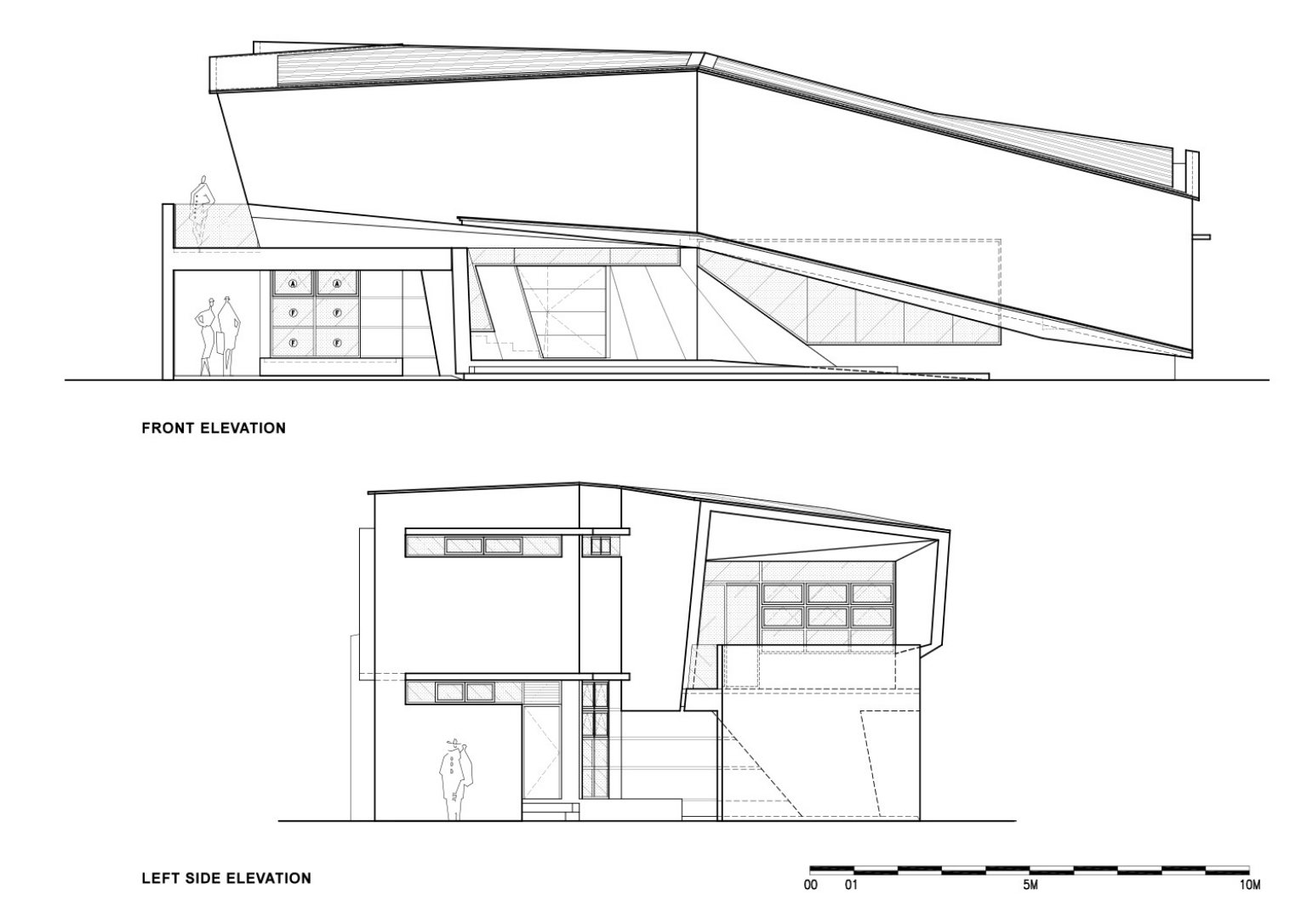
Buck Sia: Merging Intuition and Intellect in Architecture and Design
As the founder of Zubu Design Associates, Buck Richnold Sia’s steady advancement and completion of many significant architectural projects have made him one of the most influential figures in Philippine architecture, as well as on the international stage.
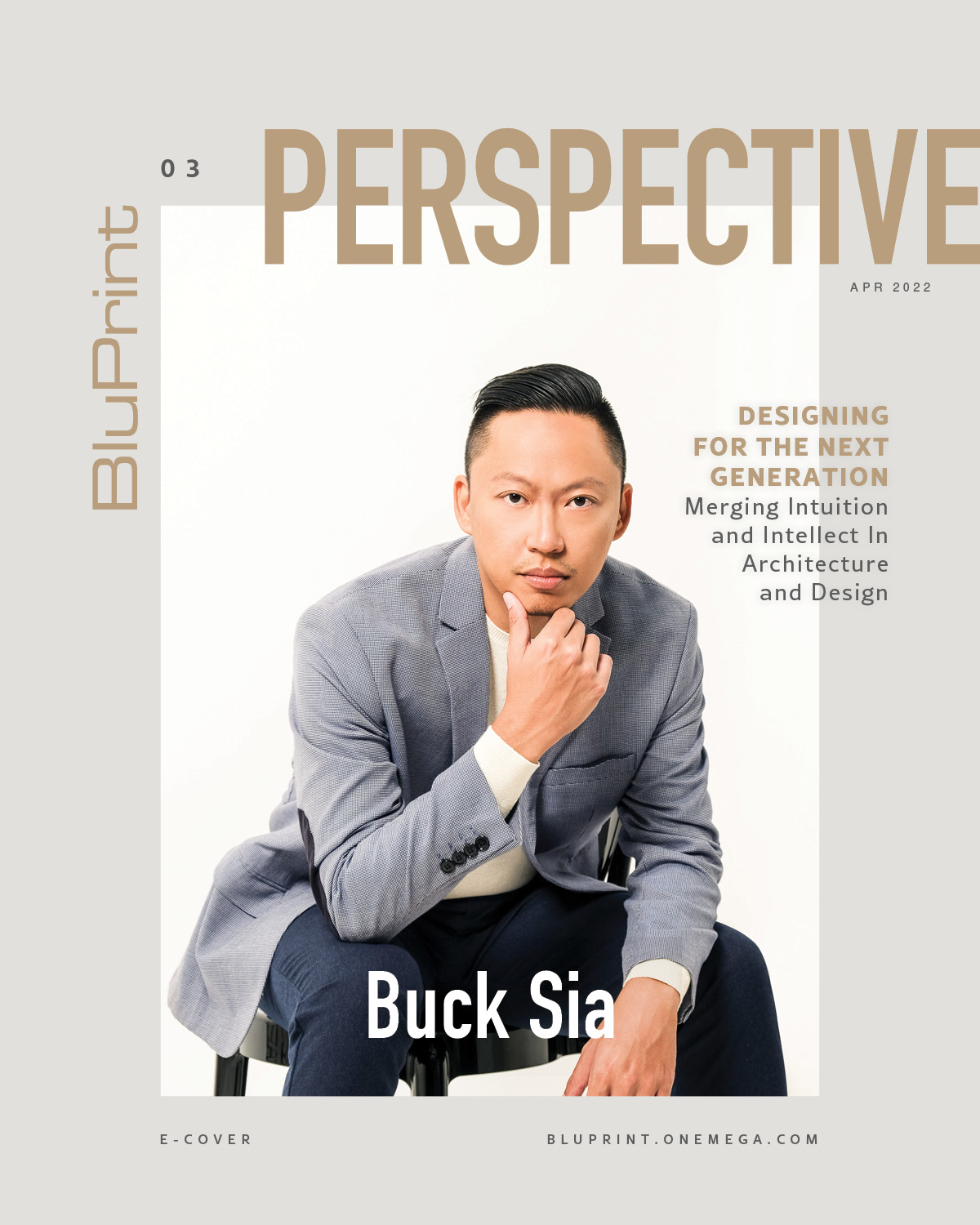
This year, he extends his trademark design philosophy beyond architecture to the realm of design strategy. He shares the common thread that binds his endeavors:
“I have always identified the practice of architecture and design as tension between the intuitive and the intellectual. Your intuition is an embodied knowledge from within, while your intellect drives you to evaluate situations logically. Integrating these capabilities, and translating them into action, are a constant exercise of thinking and doing.”
Buck sia
He expresses the importance of design strategy in every field. “In any system, product, architectural design, and even policy formation, there is a key need for design strategy. This is what creates a formal framework for objectives or directions to be done.”
He continues, “Years of honing design strategy through architecture helped me build up the same principles in my various endeavors for my personal, organizational, and business life.”
How Designers’ Tools Bring Creative Concepts to Reality
Now that our personal electronics have become essential for the active lives that we lead, it’s more important than ever for electronics to have an intuitive design.
“The hand is an extension of your mind – that’s why having the right tools is always crucial for a designer to have on hand. Electronics have the ability to adapt to your needs, much more so than traditional methods of note-taking. Electronics also offer the benefit of analyzing data and generating iterations for you to explore.”

He has offered a detailed assessment of the ASUS ProArt Studiobook 16 OLED series, a high-performance workstation laptop built specifically for artists and 3D designers. With increasingly sophisticated devices and software on the market, designers now have the opportunity to explore more iterations of their creative concepts.
“Given the right human capacity, tech-driven tools and software improve the designers’ understanding of the potential of the project: how to improve productivity, and how to make a well-planned execution.”
To use technology effectively, he explains the need to lay the foundation of critical thinking. “We need to embrace new ways of thinking, to be process-driven, and to receive feedback in an analytical way. Once we practice these things, then new technology for modeling and research is crucial to accelerate our growth.”
Designing for the next generation
Some of Sia’s most extraordinary works are devoted to the Filipino youth, such as the Cor Jesu Oratory and the Scout Hall. He outlines the ways in which architecture can make the world a better place for the next generation.
“I was very fortunate to design projects geared directly for them,” he shares. “Both projects are situated in a campus that is responsible for the formation of the youth.”
He discusses the influences behind his design for the Cor Jesu. “I embraced Kenneth Cobonpue’s intuitive genius – a simple expressive gesture coming from the building shape and materials,” he says. “The Cor Jesu needed to stand out as a culminating physical symbol of the campus while still being restrained for solemnity, as an oratory.” The structure’s tactility and dynamism provide a place of contemplation. “This oratory is our contribution to our alma mater to pay our respects to previous generations, the current students, and future generations to come.” He proudly adds, ”This building will stand the test of time.”
For the Knight Juanito I King Scout Hall, given a small site of only 150 sqm., the designers were faced with the challenge of making the building relevant to the gargantuan campus. “We studied how people move around and use the building as a circulation,” he explains. “We connected this building using hallways and stairs as a means for people to move with natural ease. Aside from the unique form, we wanted people to use this building as a connector rather than an isolated structure.”
Overall, he intends the two buildings to inspire the youth with the possibilities for shared spaces. “When you push the boundaries for the functions that a building can serve, there is potential for better connections and a better environment for people. Well-thought-out spaces are inherently welcomed and appreciated in the human psyche.”
Embracing progressive values
Sia and his group believe in working with intention and challenging the status quo. “Trying something new is always uncertain,” he says. “I would like to reframe progressive values as a means of exploration, where you have to find different approaches that you are not used to. One of these may result in a breakthrough.”
He is convinced that progressive values have always been part of the Philippines’ context. “Budding architects and designers need to understand the ecosystem is there,” he says. “The next step is for the individual to grasp a vision, no matter how small, to reinforce and master your individual skill set. When you incrementally improve on things you were not capable of before, that itself is progressive to a degree. Once you have a better grasp of who you are and what you are capable of, then bringing those values to people and projects will become very much possible.”
As part of his advice to emerging professionals, he stresses the importance of honing one’s technical skillset and building a strong foundation early on. He acknowledges the personal doubts that crop up now and then in every designer and architect’s career:
“As a designer, you will always question your existence and meaning. It happens to everyone: you question what you do and why you do it . You have to find your resolve. Knowing the answers to those existential questions is a journey, and they will have to be reexamined time and time again.”
Within his own studio, Zubu DA, progressive values inform the group’s direction. “Zubu DA grew up organically, with strong conviction of our design philosophy coupled with a sound operations strategy,” he shares. “Almost all of our associates have been ‘home-grown’. They began as entry-level interns who were inspired by our expressive, thought-provoking projects.”
Over the years, Zubu DA has shaped an organizational culture that encourages individuals to contribute, as well as the ability to mentor and share. “Designers need a better understanding of business operations to make a design company grow and profit. I wish to champion this aspect, to impart a sense of strategic planning and execution for design firms.”
“Design will always thrive with a collective.”
The future of tradition in architecture
In the context of Cebu’s rich architectural tradition, Sia discusses the challenge of integrating the veneration of the past with the importance of the future.
“We have to frame [this challenge] in the Contemporary setting, during the birth of Modernism in Cebu, during the 60’s and 70’s. I have a huge respect for lineage. It’s part of Zubu DA’s manifesto. In my studies, I’ve discovered that there is almost a singular line of previous generations of architects that practiced exclusively in the field of modern architecture.”
He names trailblazers such as Artemio Alcoseba, Arsing Abella, and Noli Wong among his notable figures in architecture. “These highly respected individuals mentored various Cebuano and Visayan architects, one of whom is Alex Medalla, my mentor. Learning from this lineage gave me my foundation as a designer.”
Redefining success
Since the pandemic began, many of us have re-examined what we want to achieve for ourselves, and what we want to contribute to others. We asked Sia if the pandemic had an impact on his goals as well.
“The pandemic reinforced my beliefs so much more,” he revealed. “It proves that humans need quality spaces to connect and to live. It proves that we can apply design strategies in various ways to solve societal problems. It shows that we need to be more process-driven to understand what matters for people and the environment.” He emphasizes the need for advanced planning and preparation. “This ensures that we are able to mitigate the next crisis if it happens,” he says.
He redefines success as a search for excellence. “Success is relative,” he says. “It’s different for each individual. I am in a constant process of finding out what improves myself, others, and society. Excellence is the word that lets us reexamine again and again what matters about what we do, and why we do it.”
Text MICAH MONGCAL
Photography ED SIMON of STUDIO100
Videography ED SIMON and KIERAN PUNAY of Studio100
Art Direction PEACHES GARCIA and NIEL JHED IBAY
Sittings Editor GEEWEL FUSTER
Styling CARVEY SAMONTE
Grooming GUILLY VALENZUELA
Shoot Location ONEMEGA STUDIO
Shoot Coordination ERICA LUNA, MAE TALAID, and MJ ALMERO
Special thanks to Ms. Genny Puno of SEDA BGC

